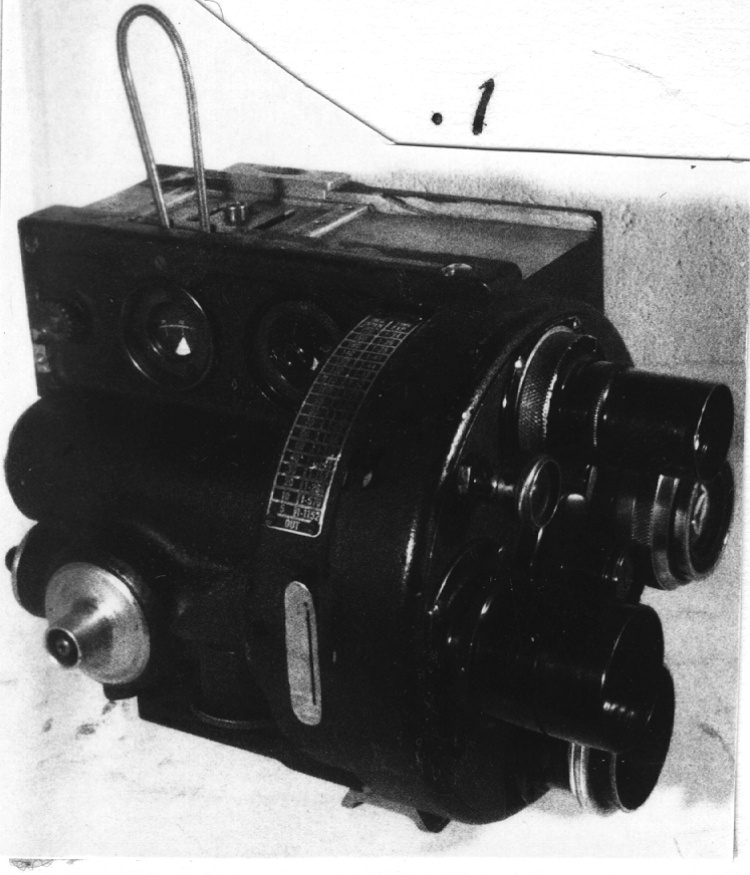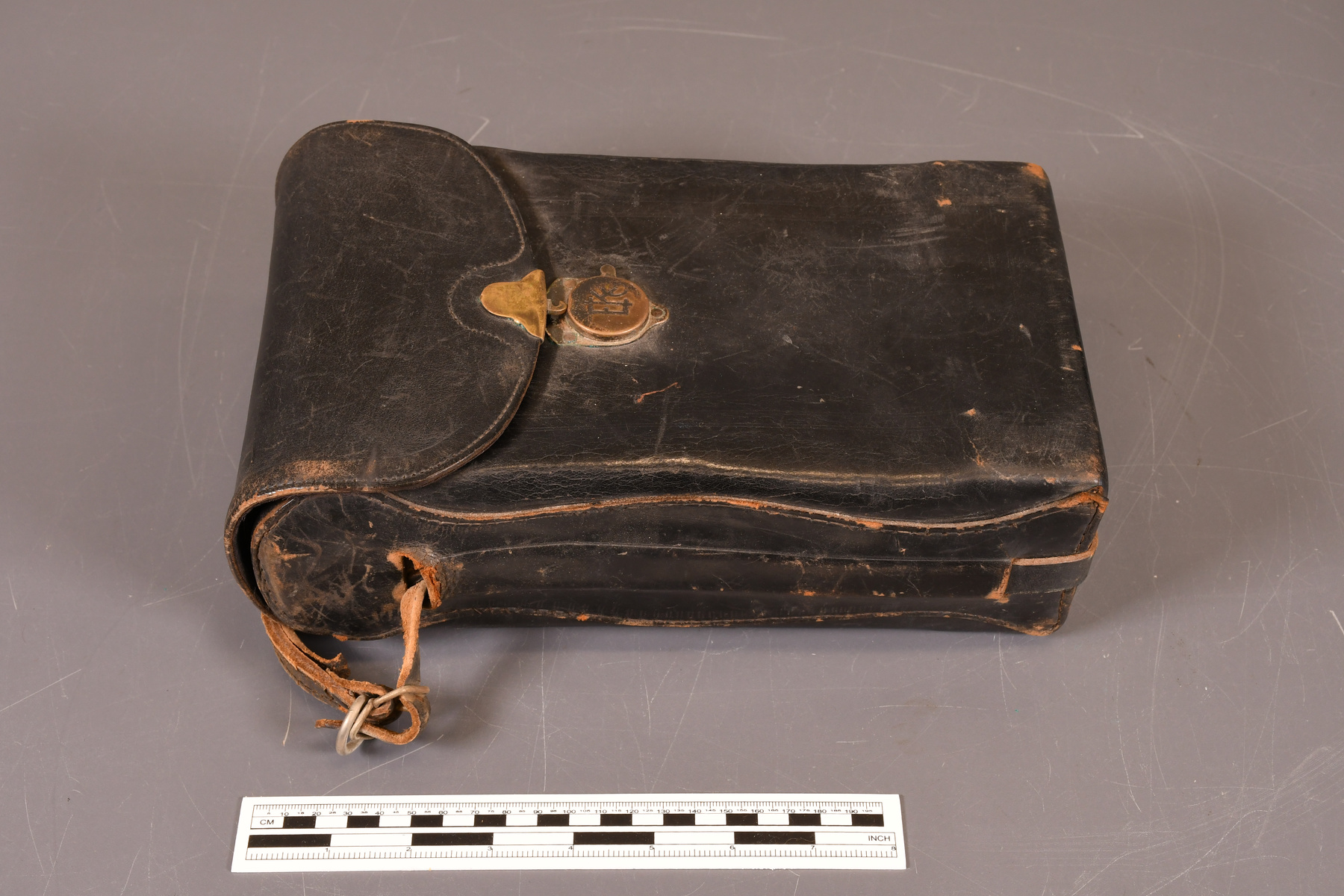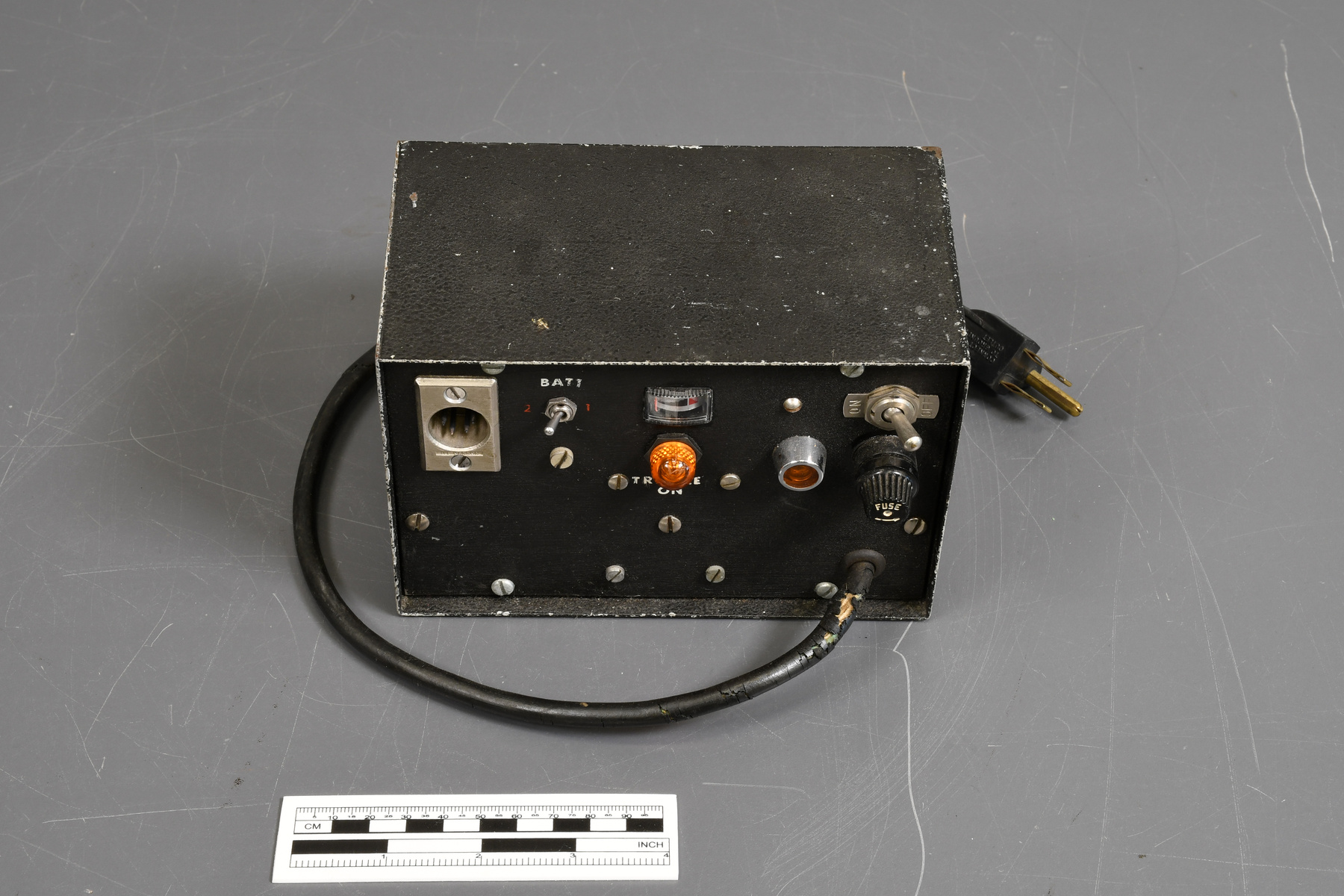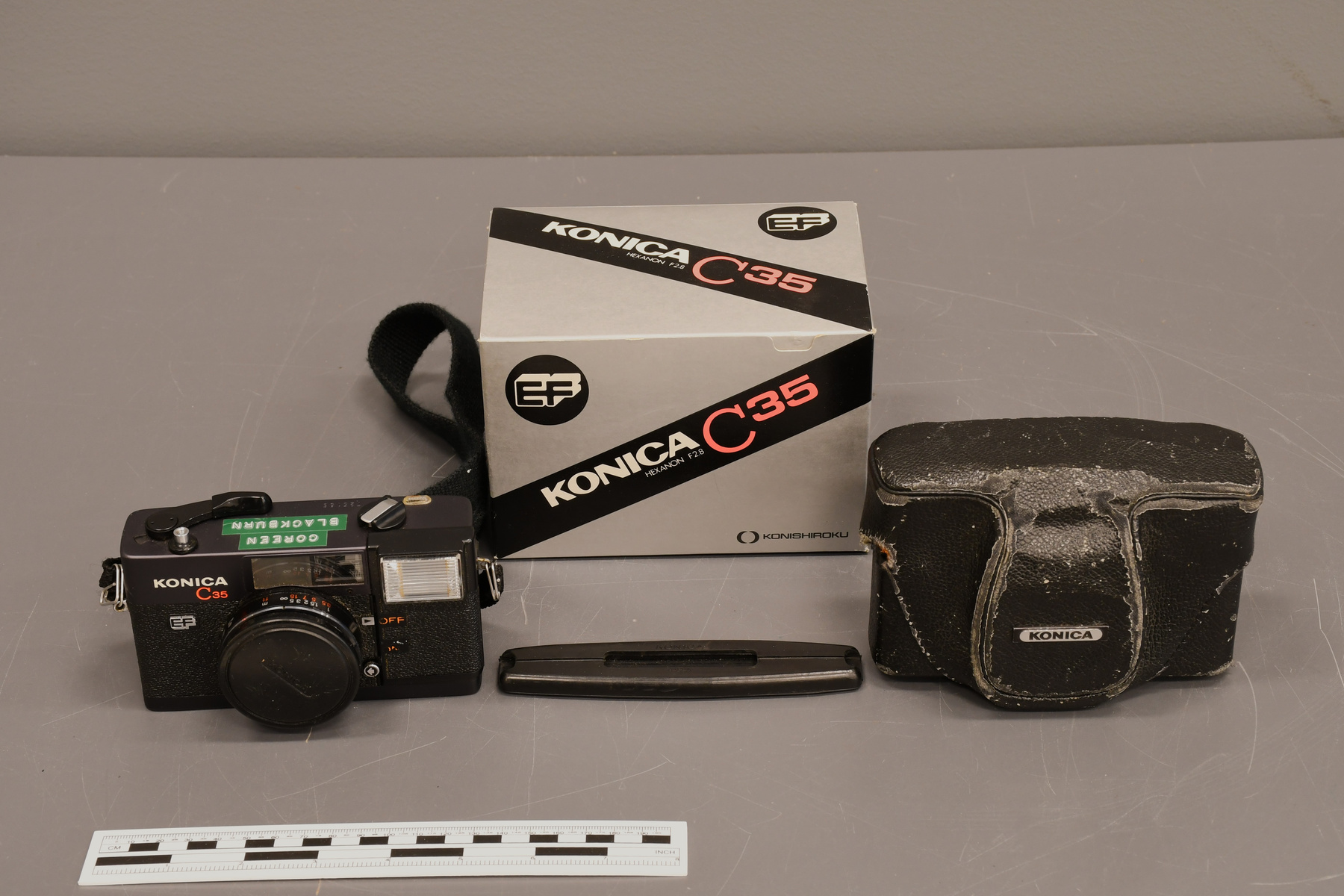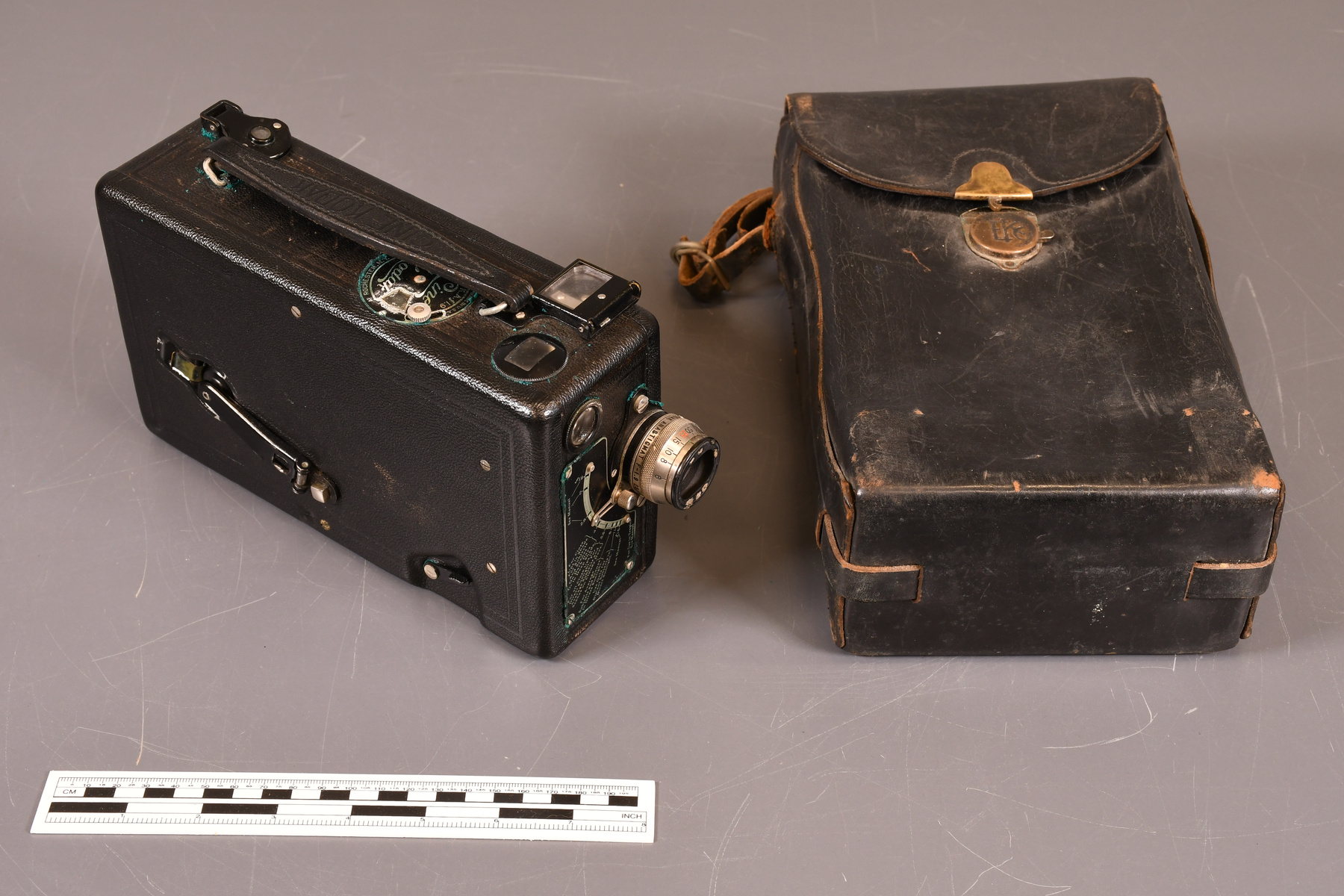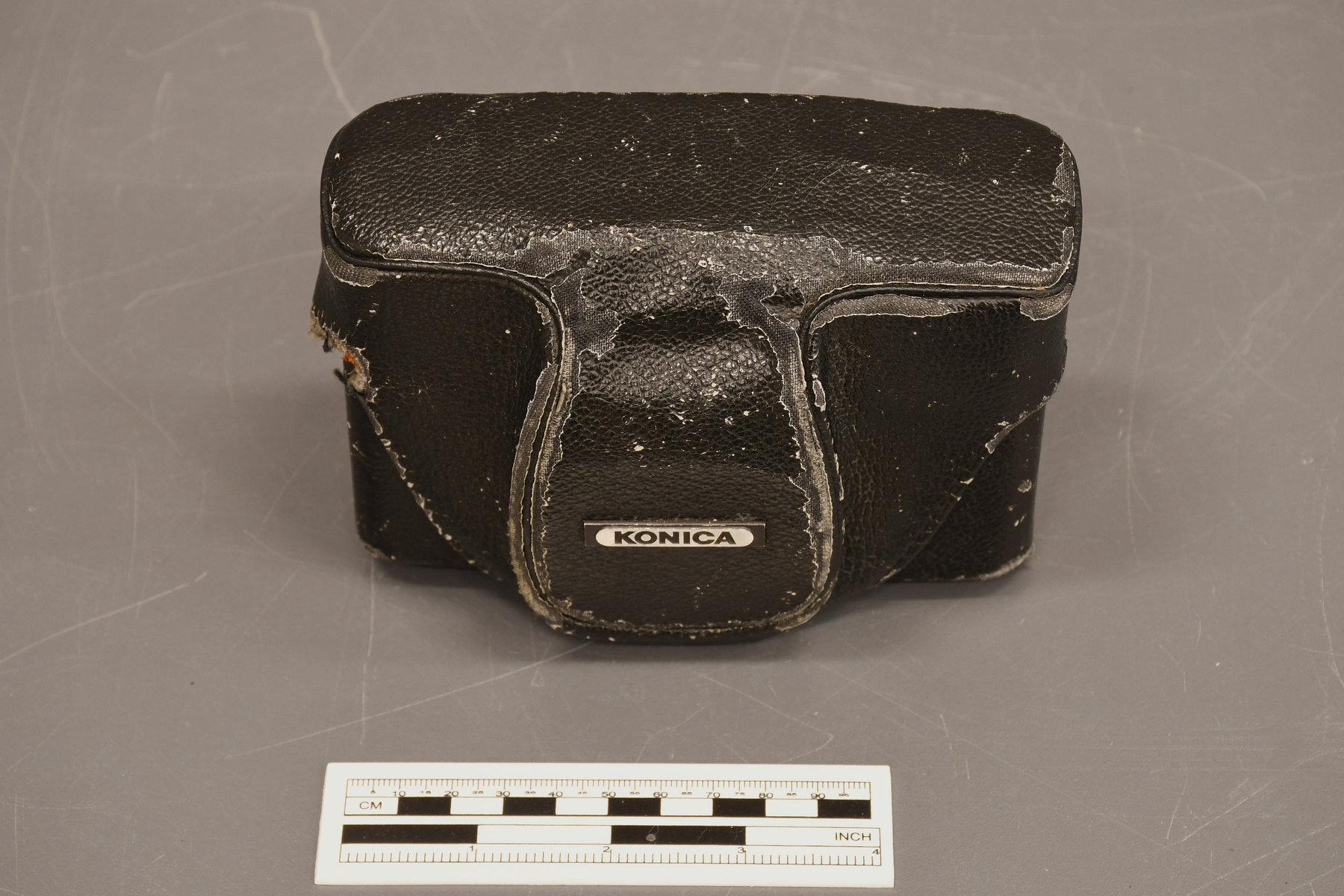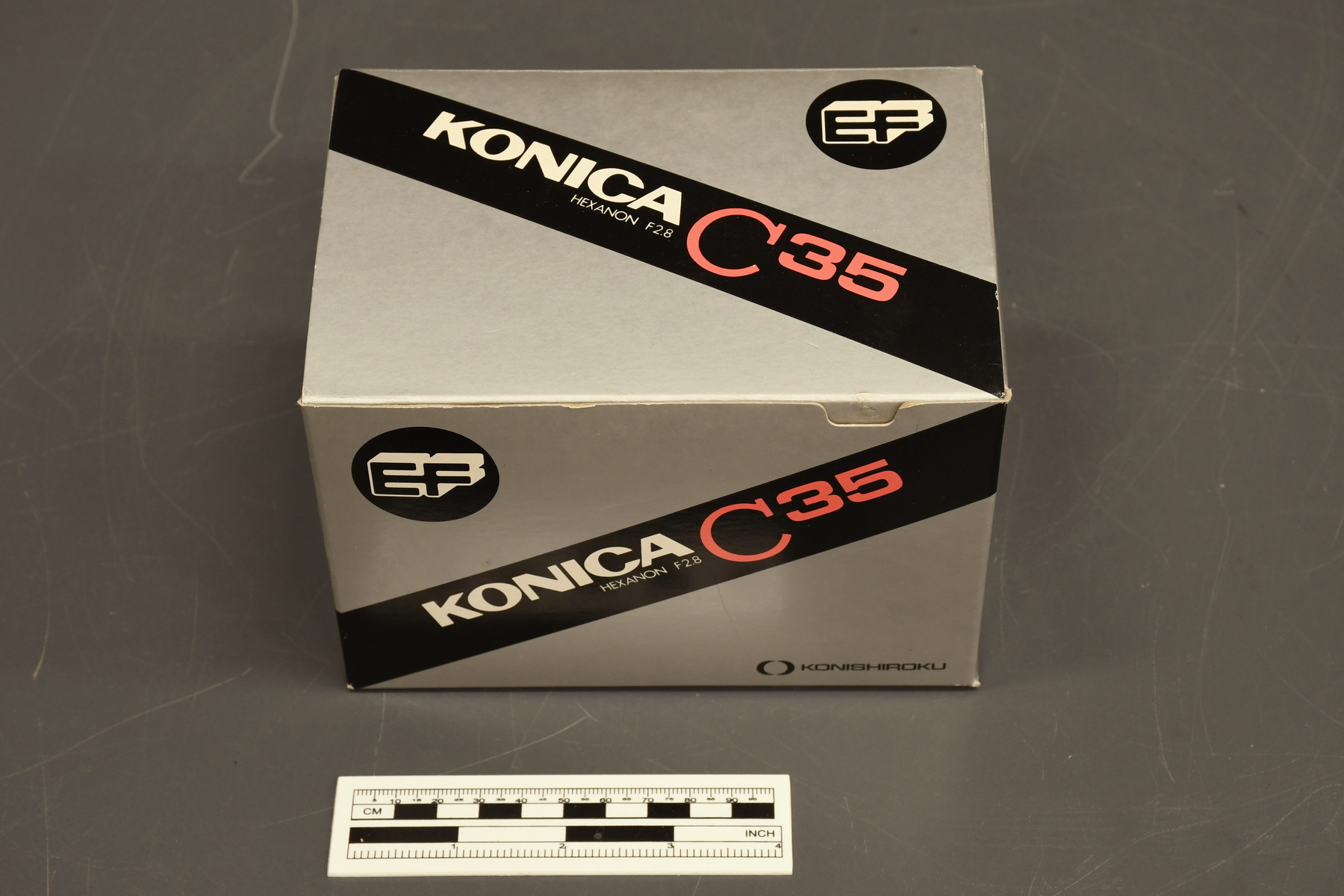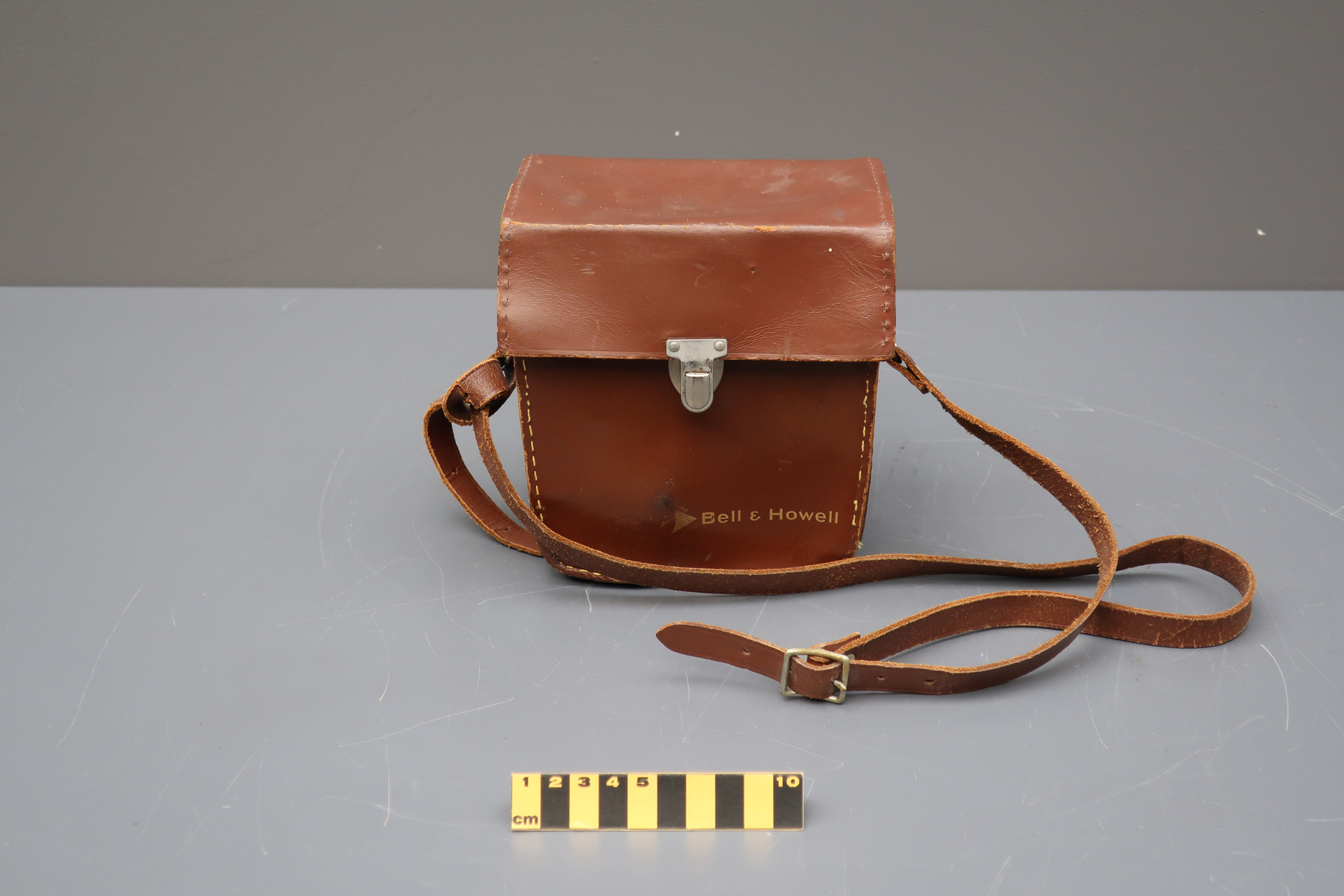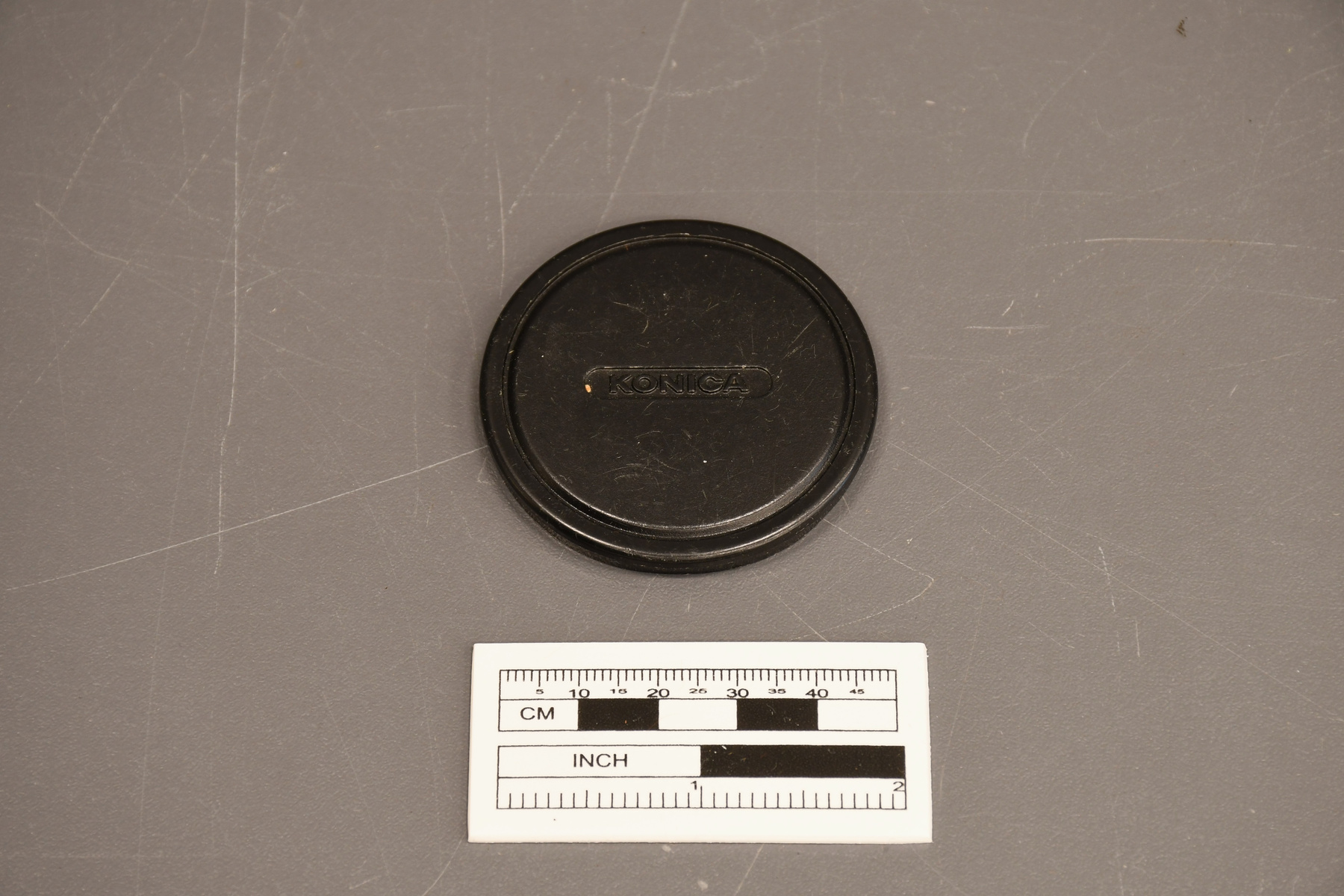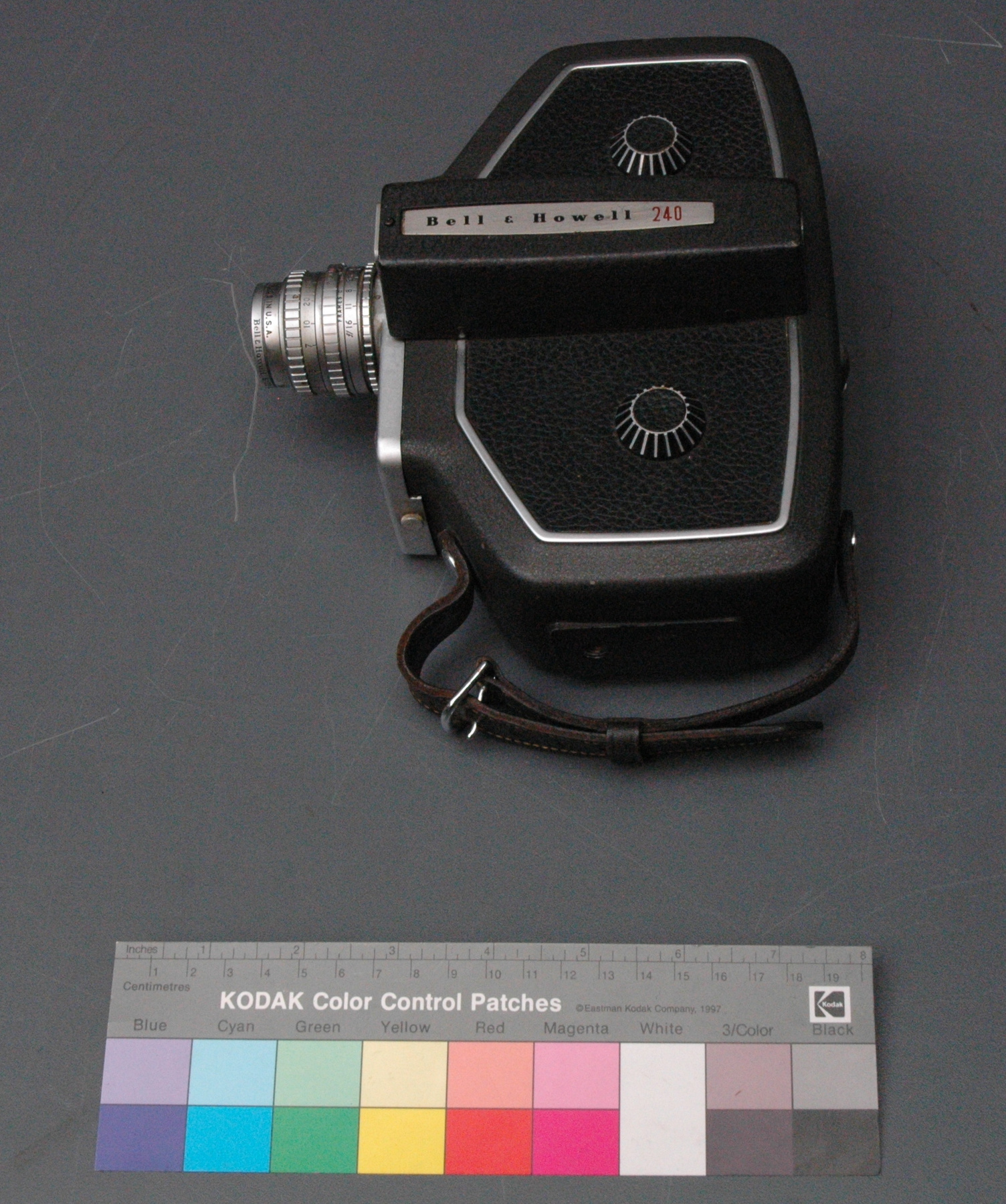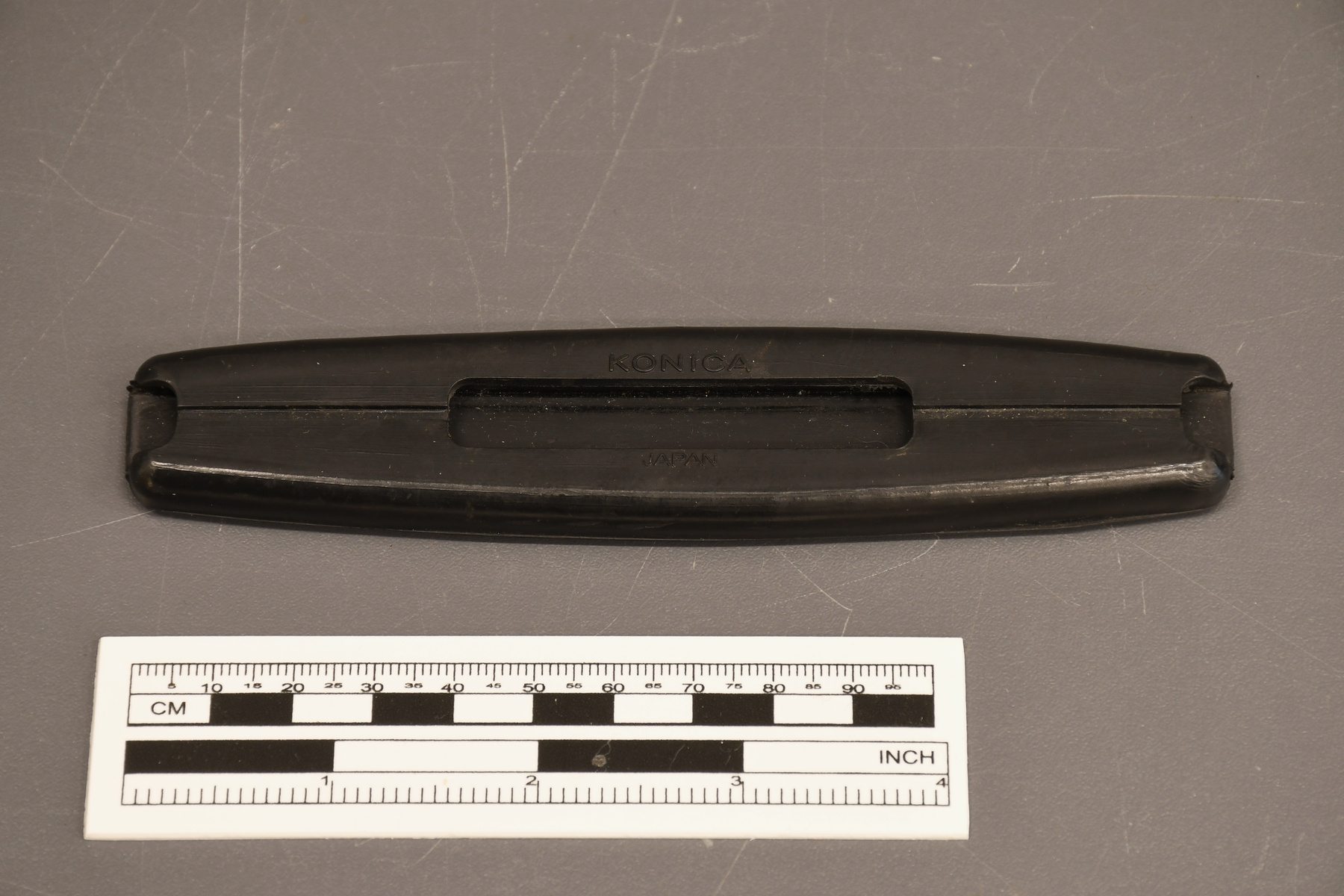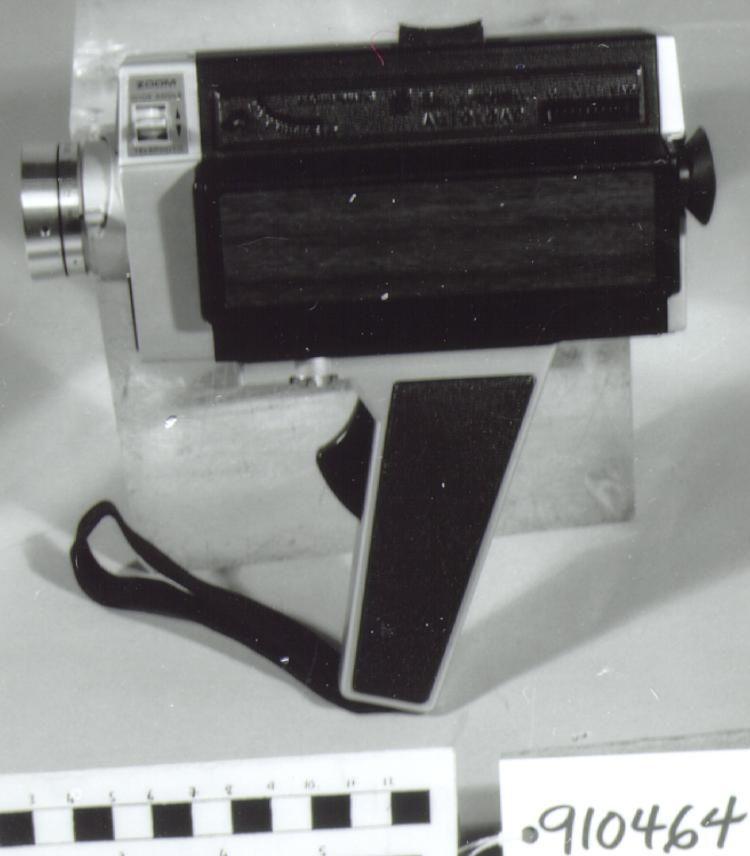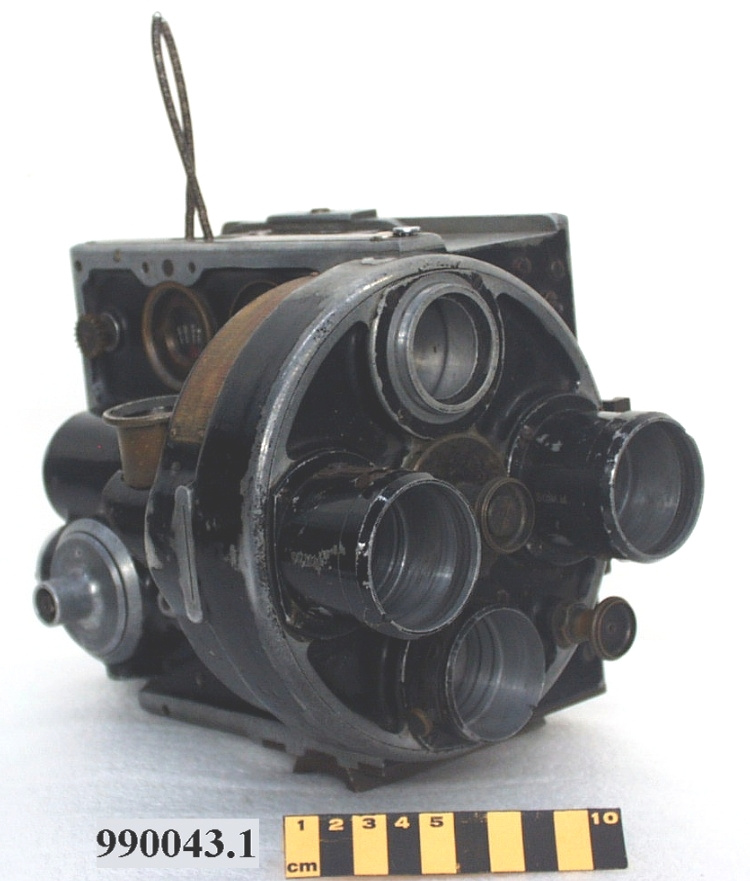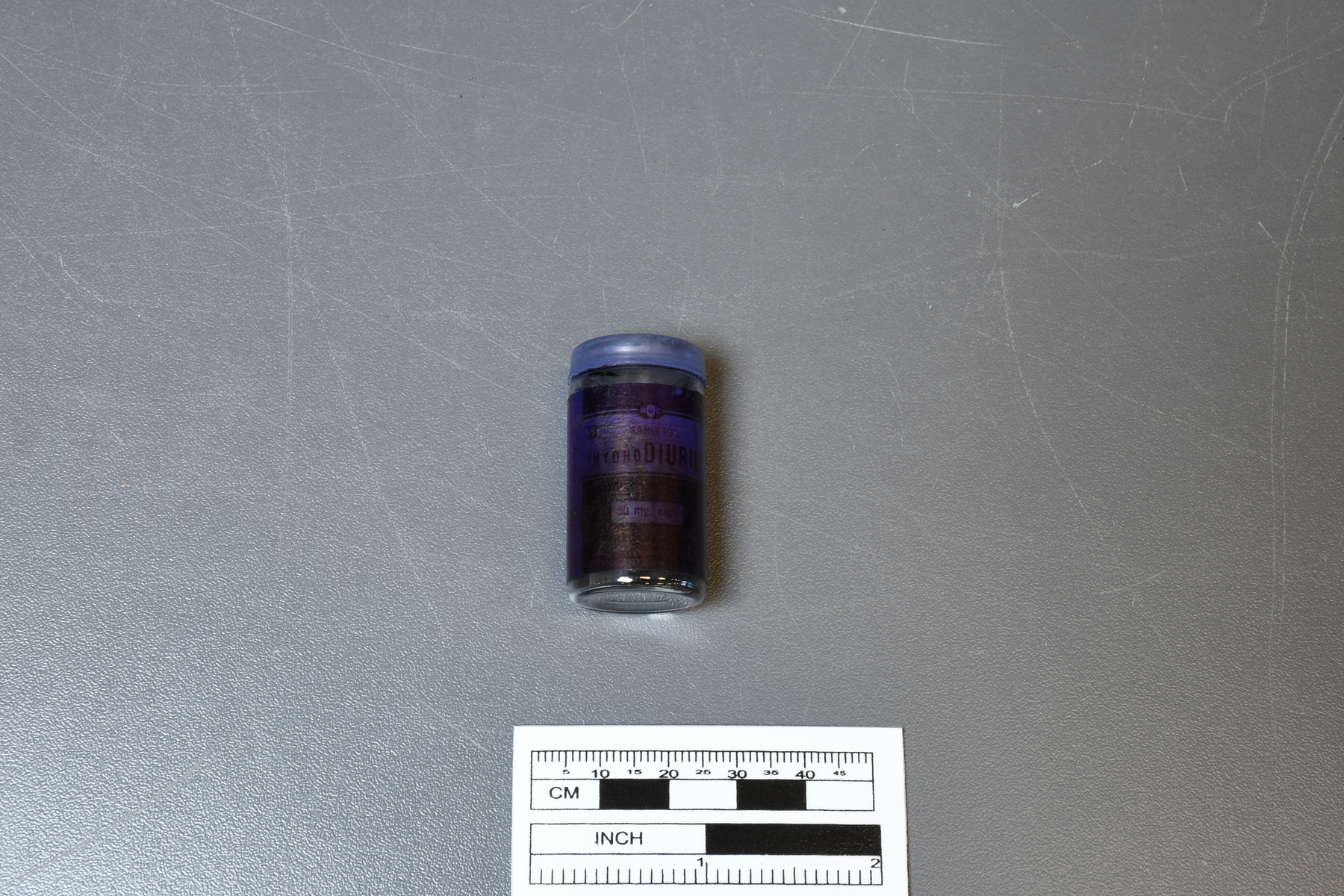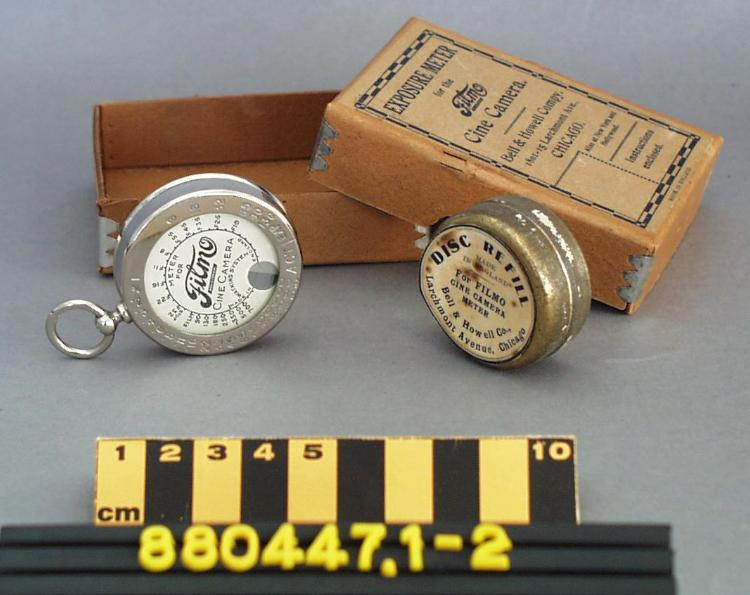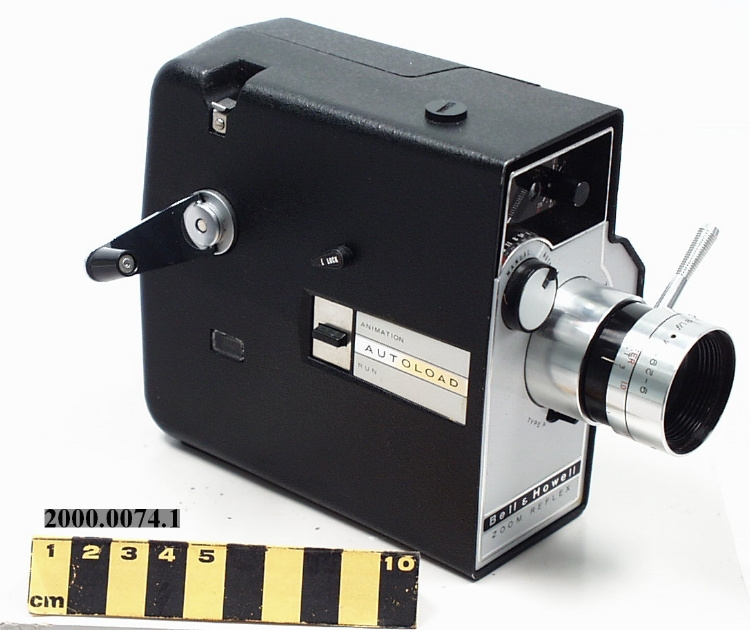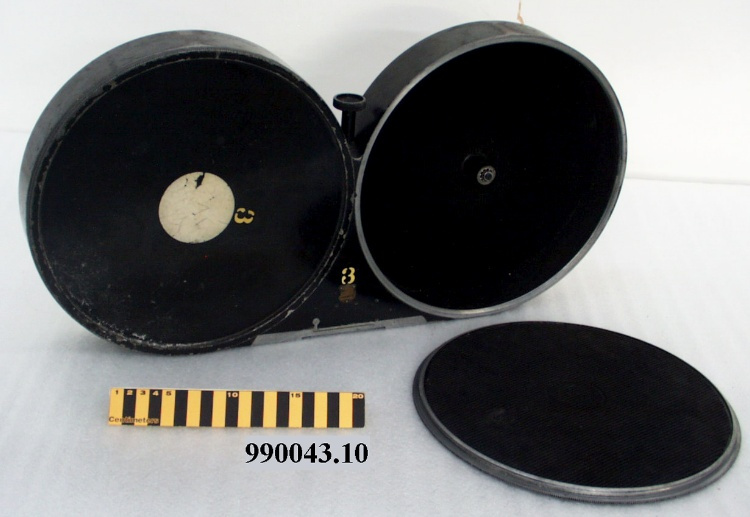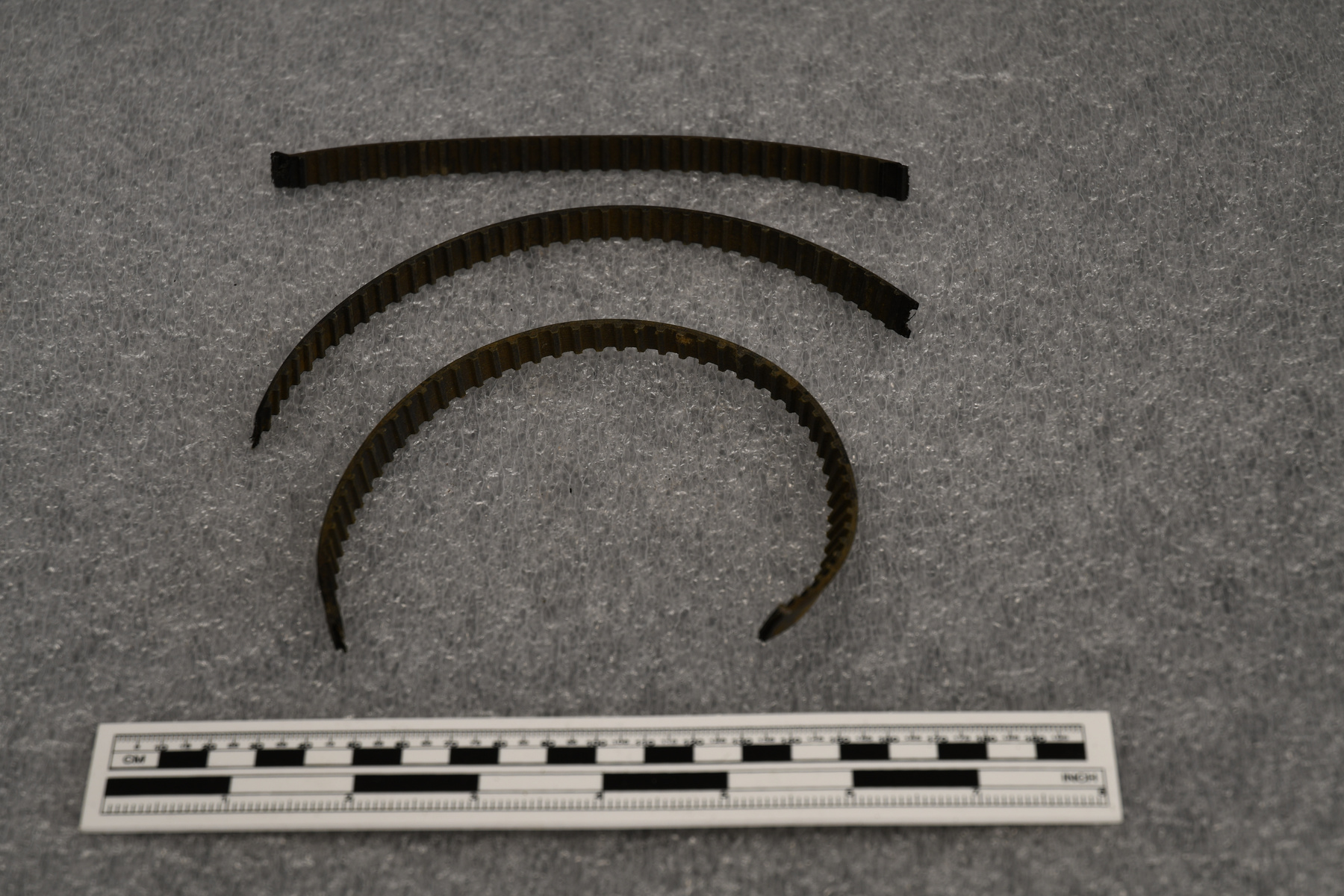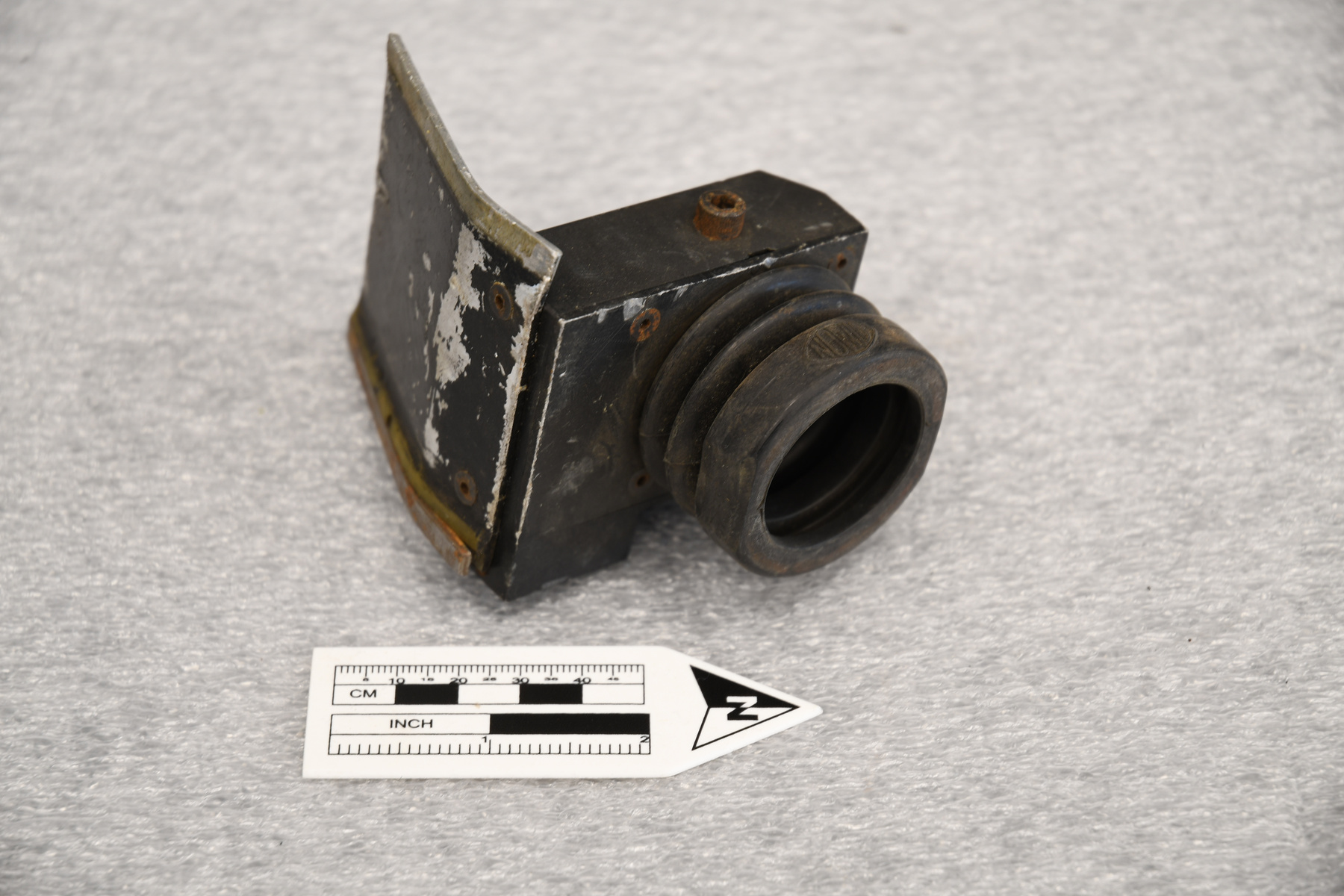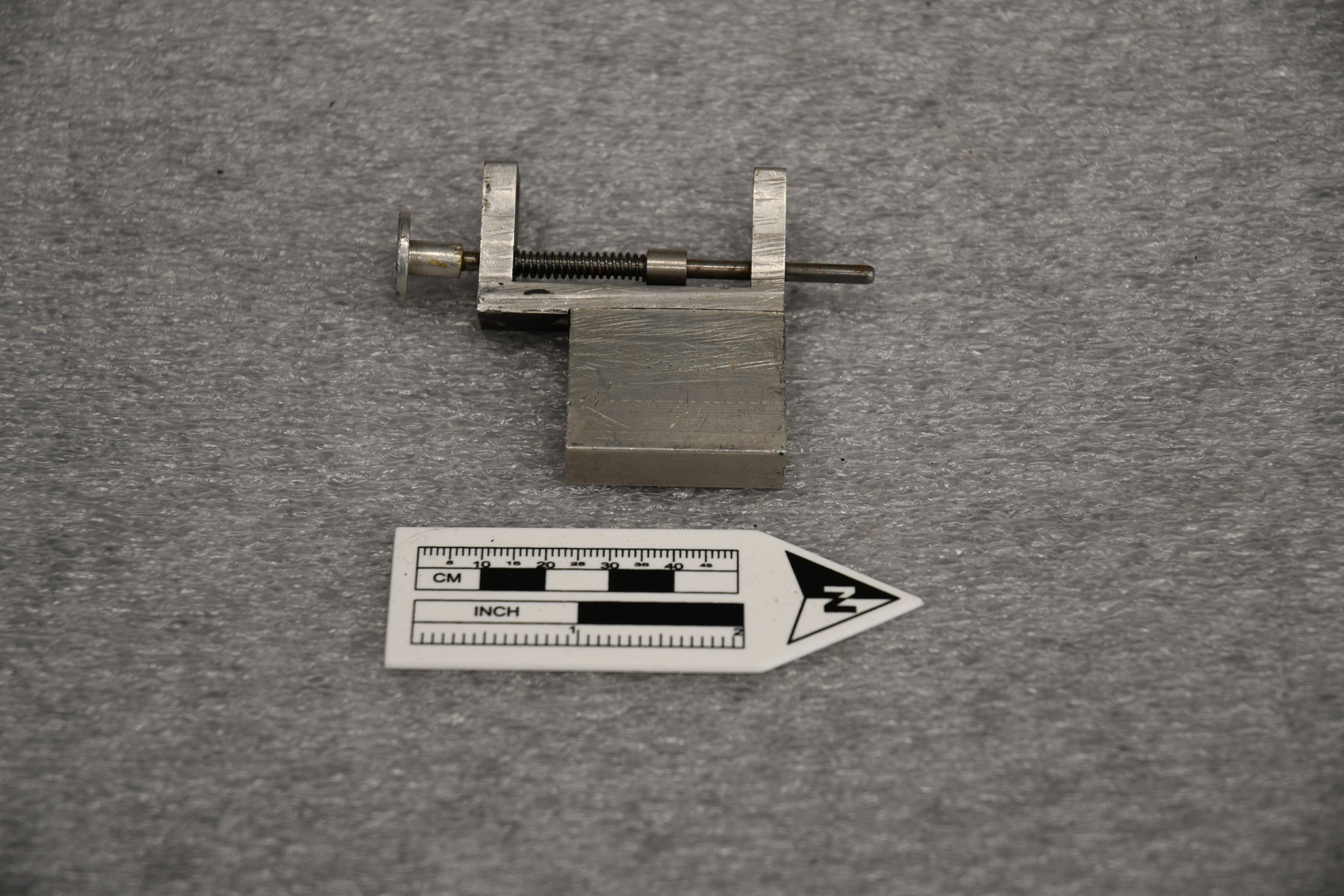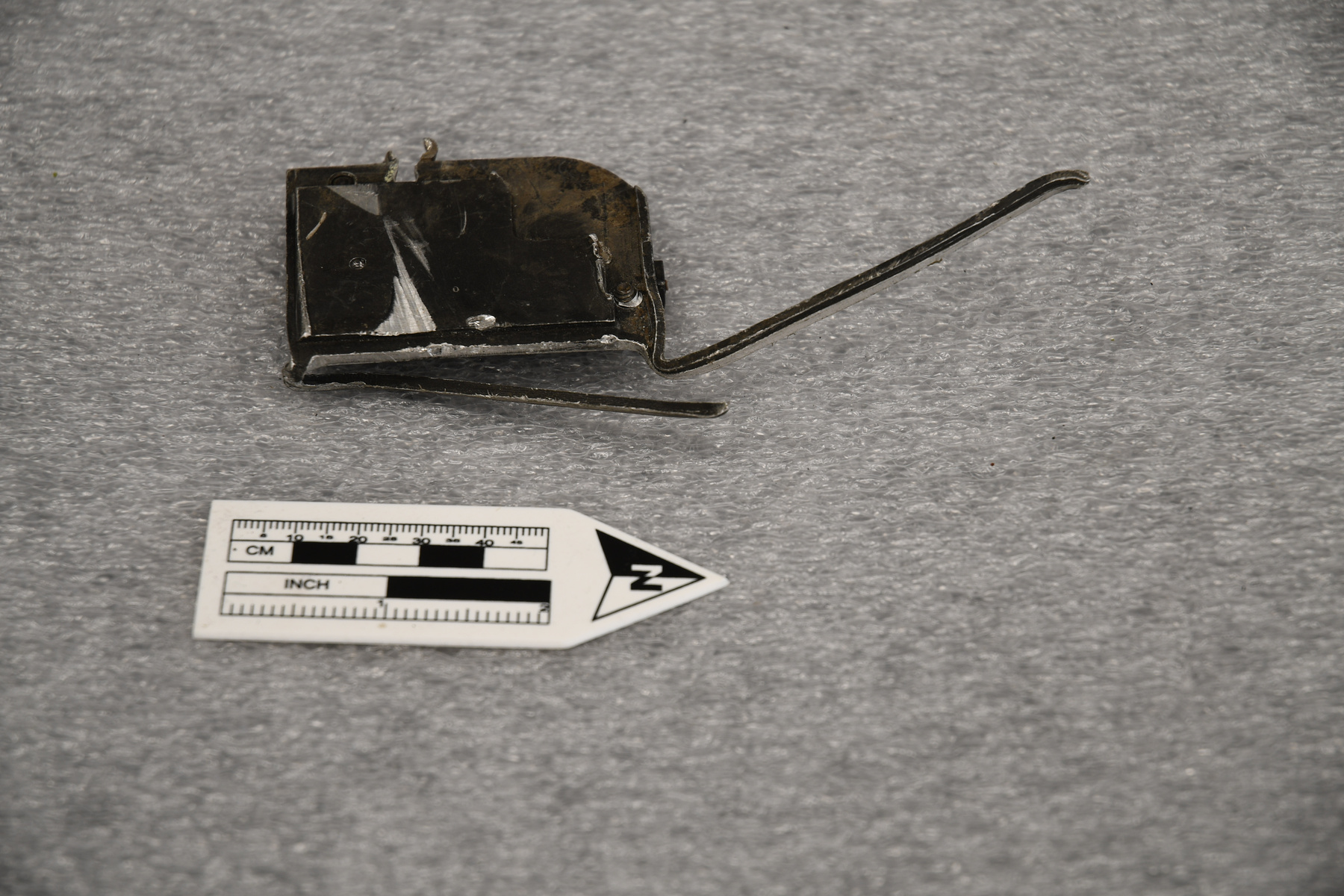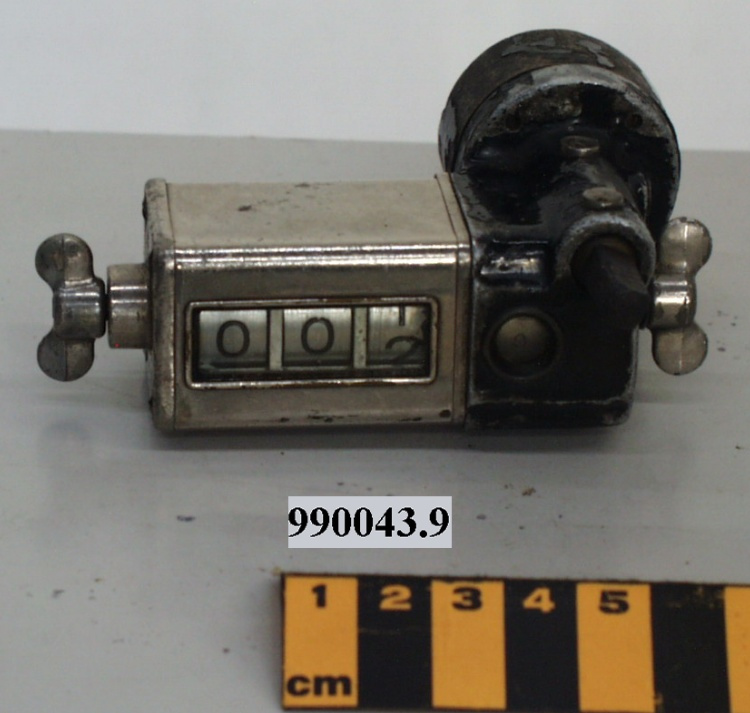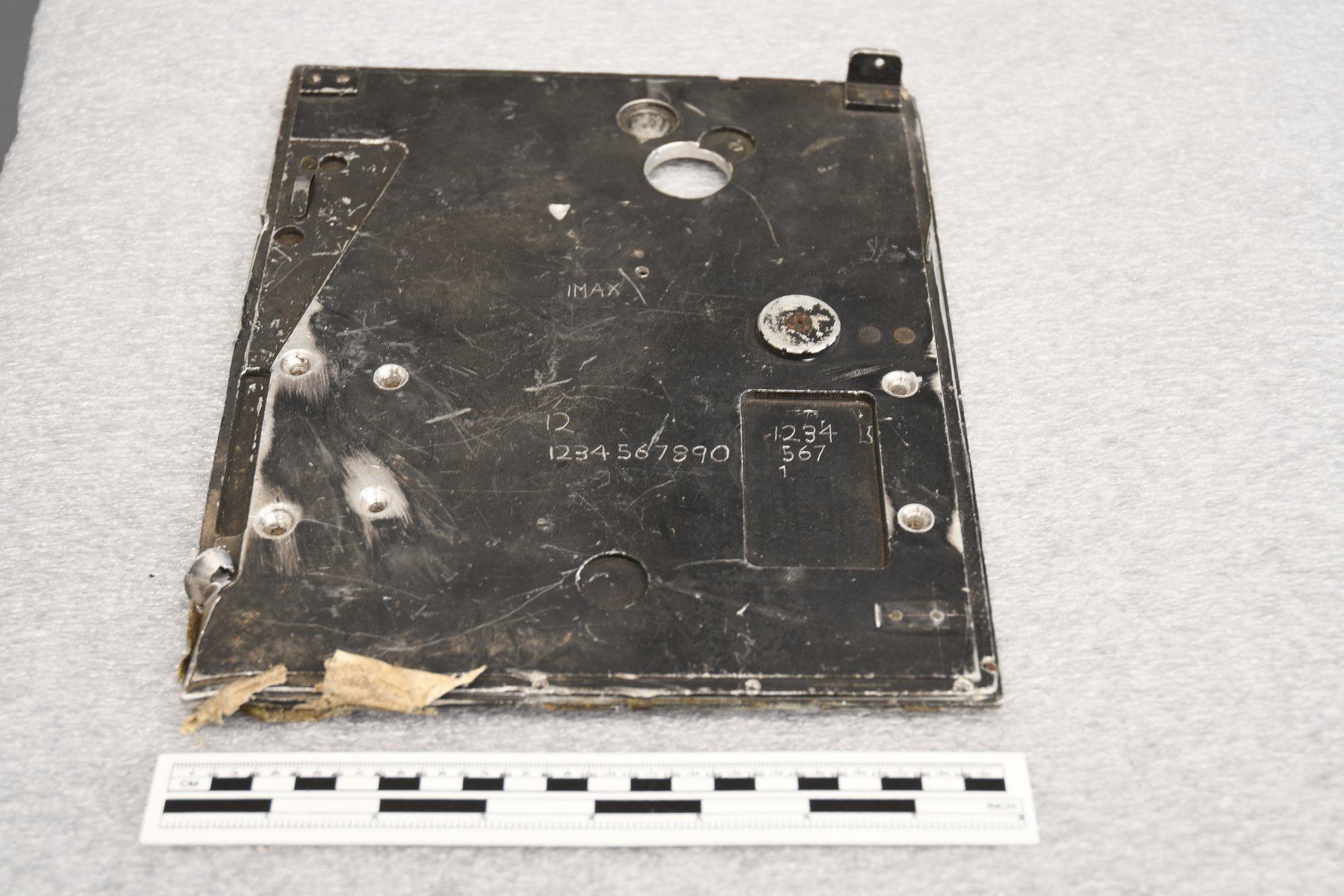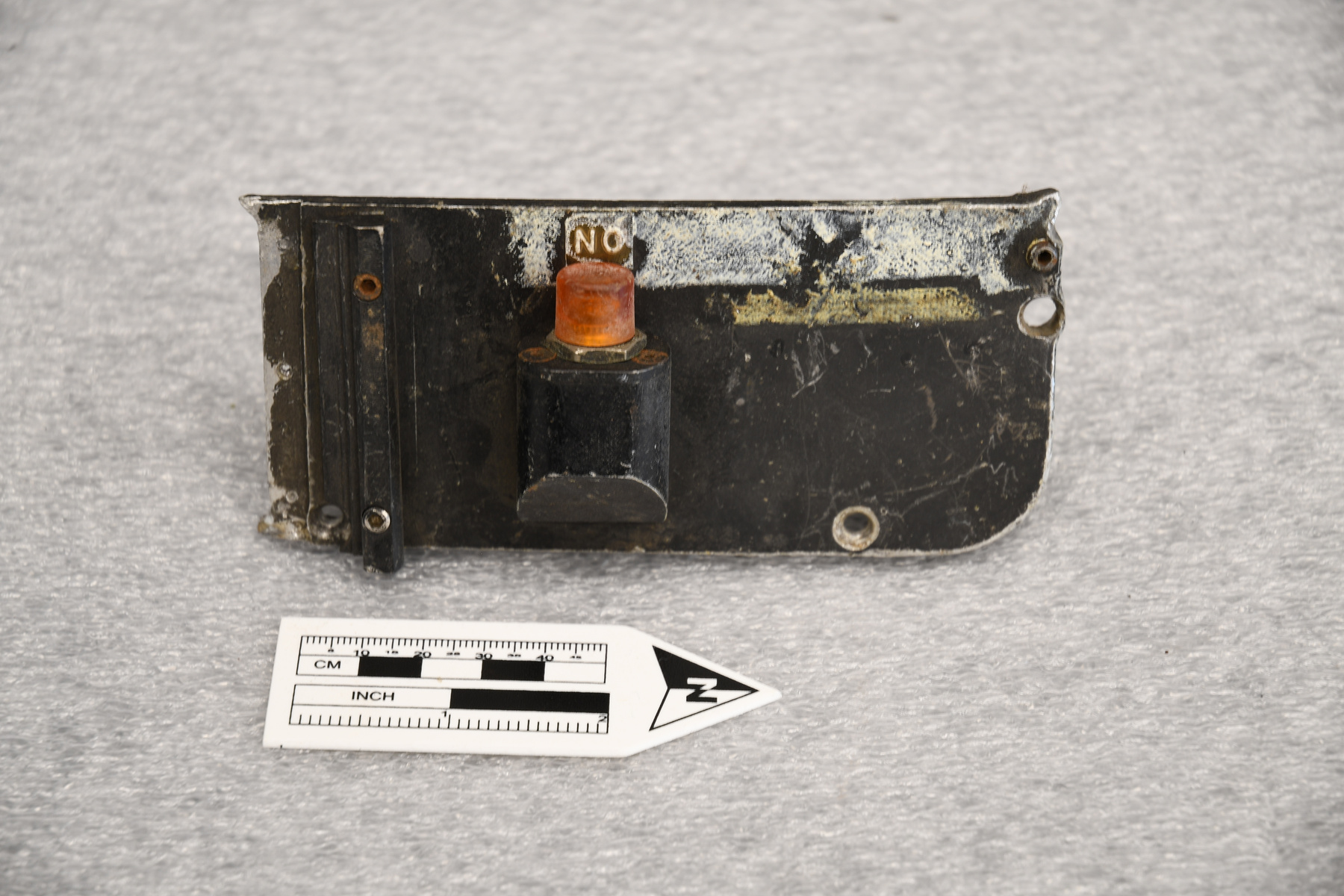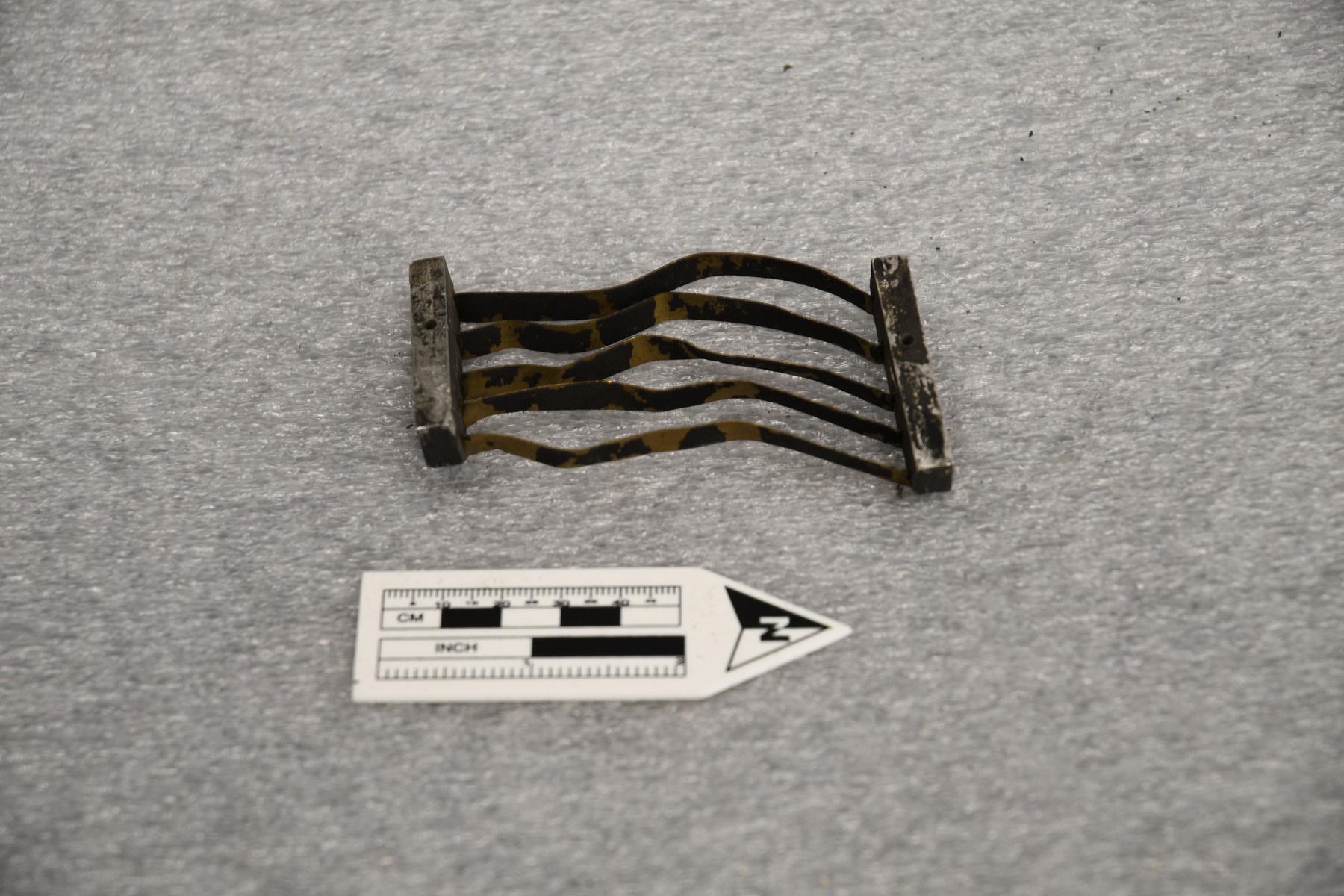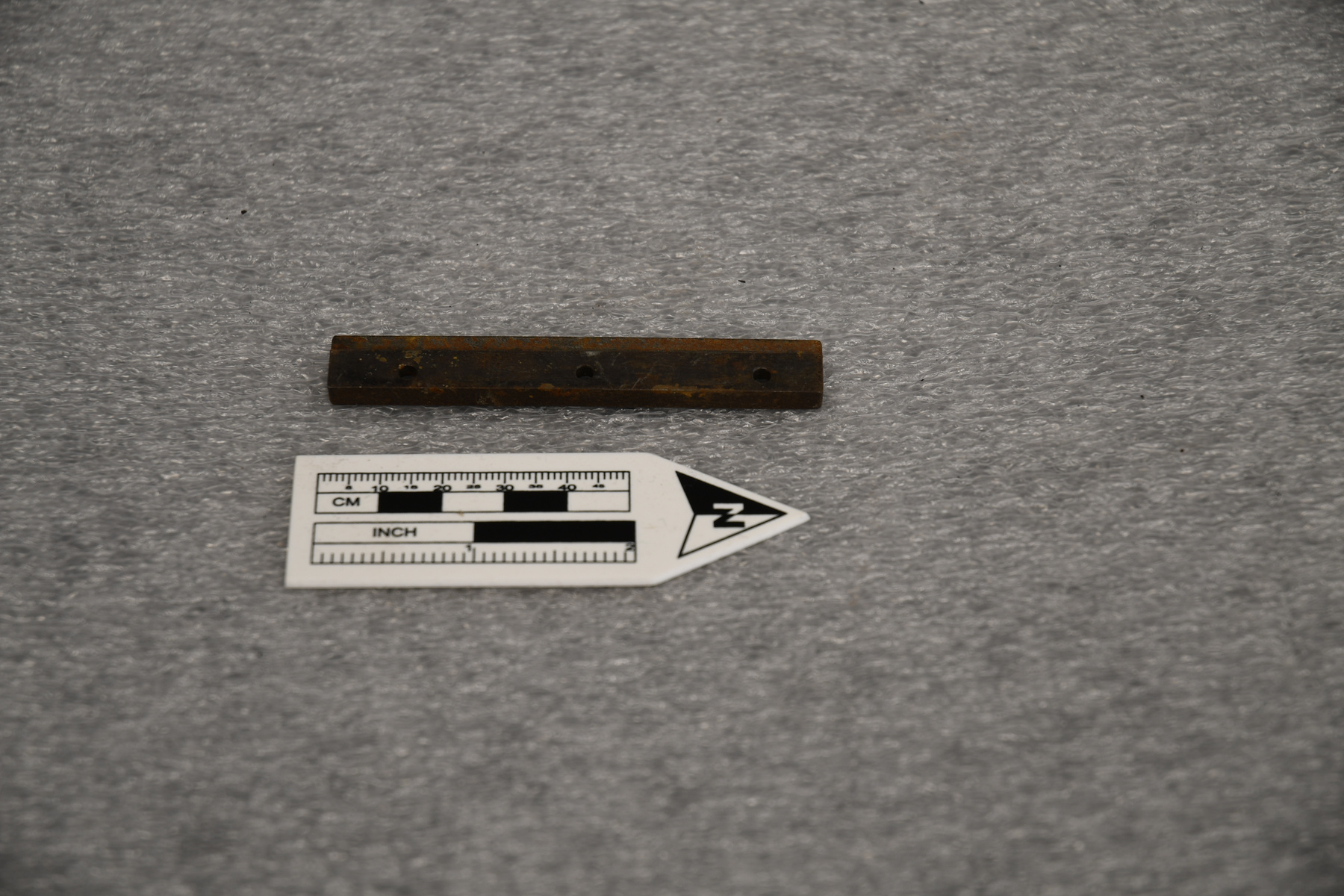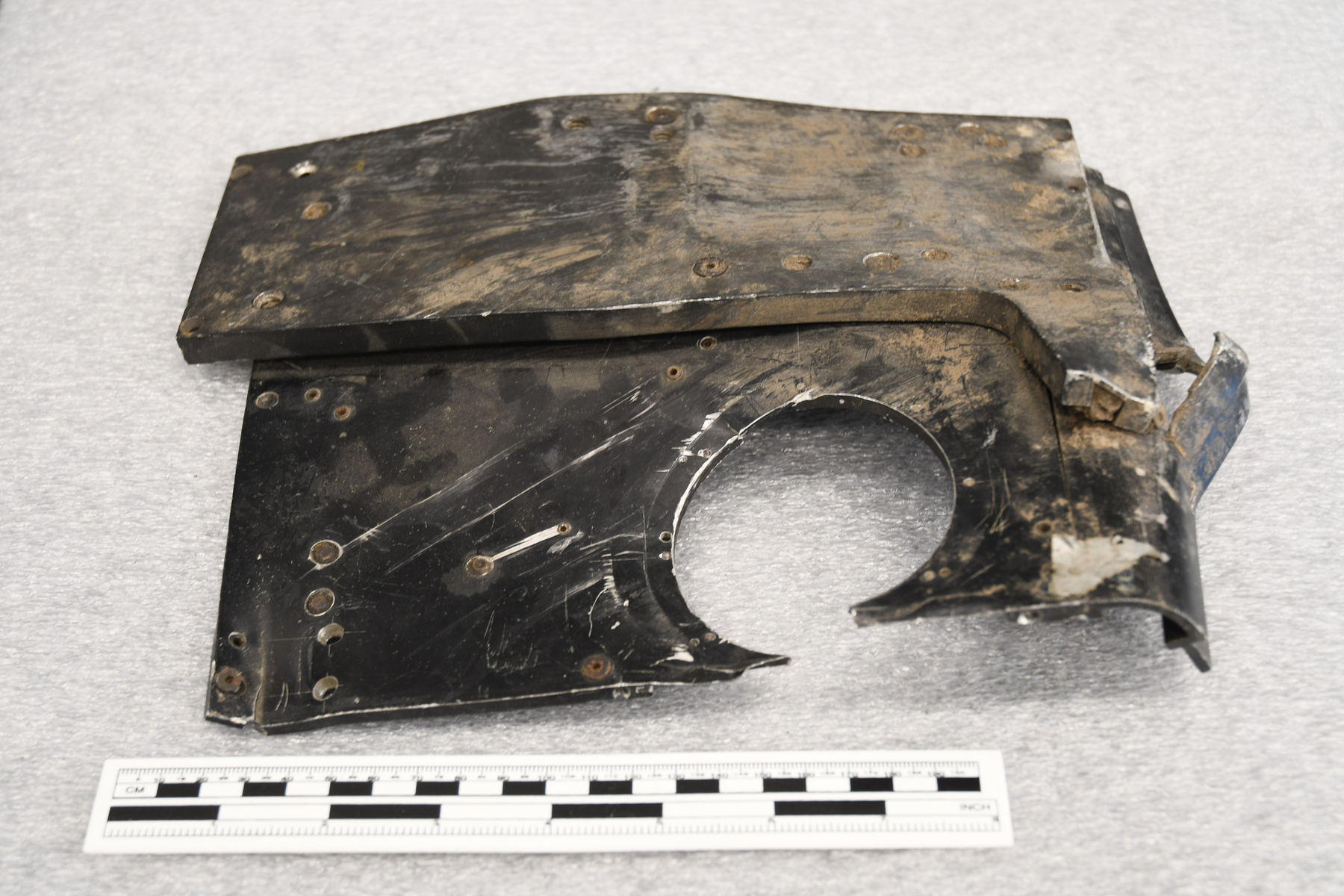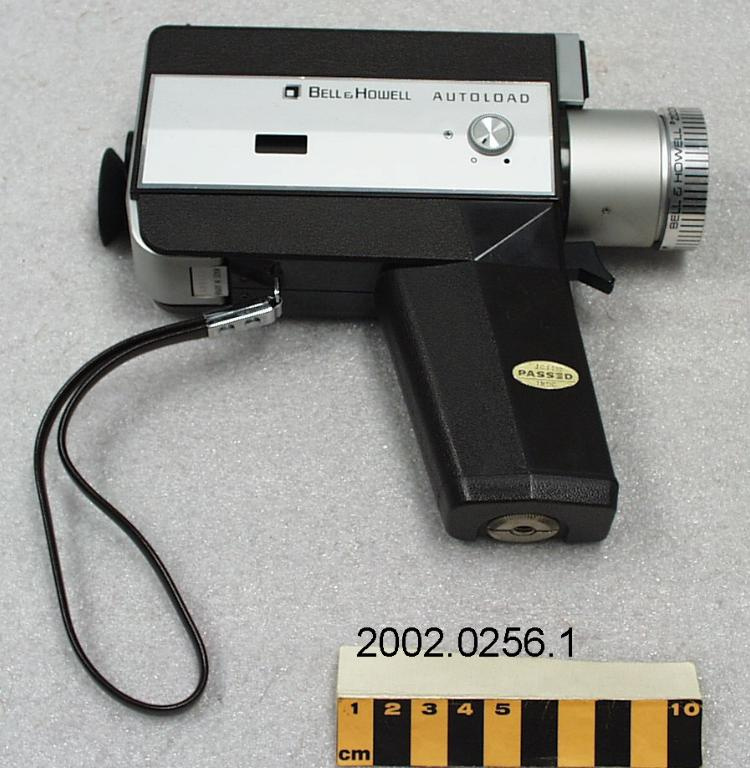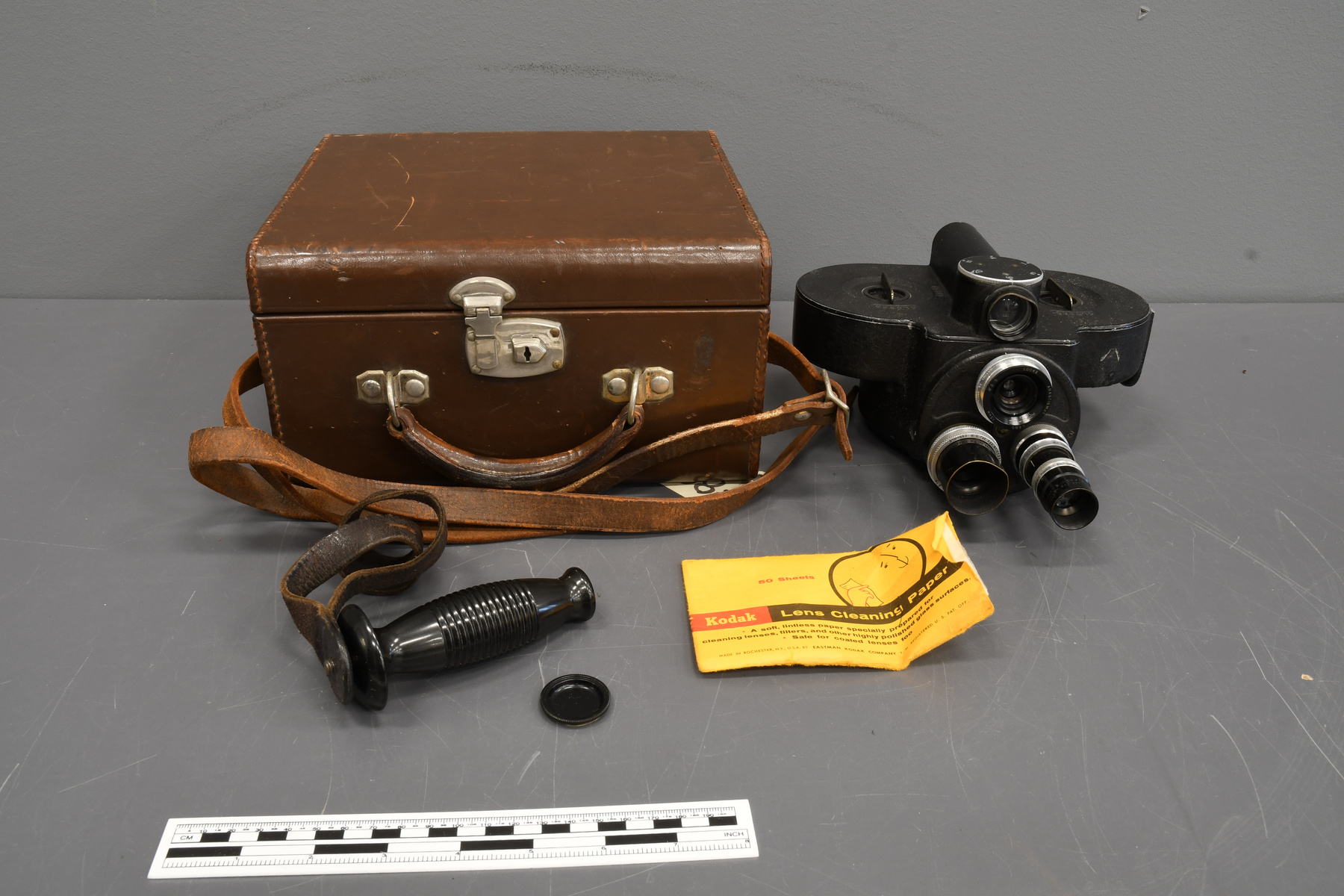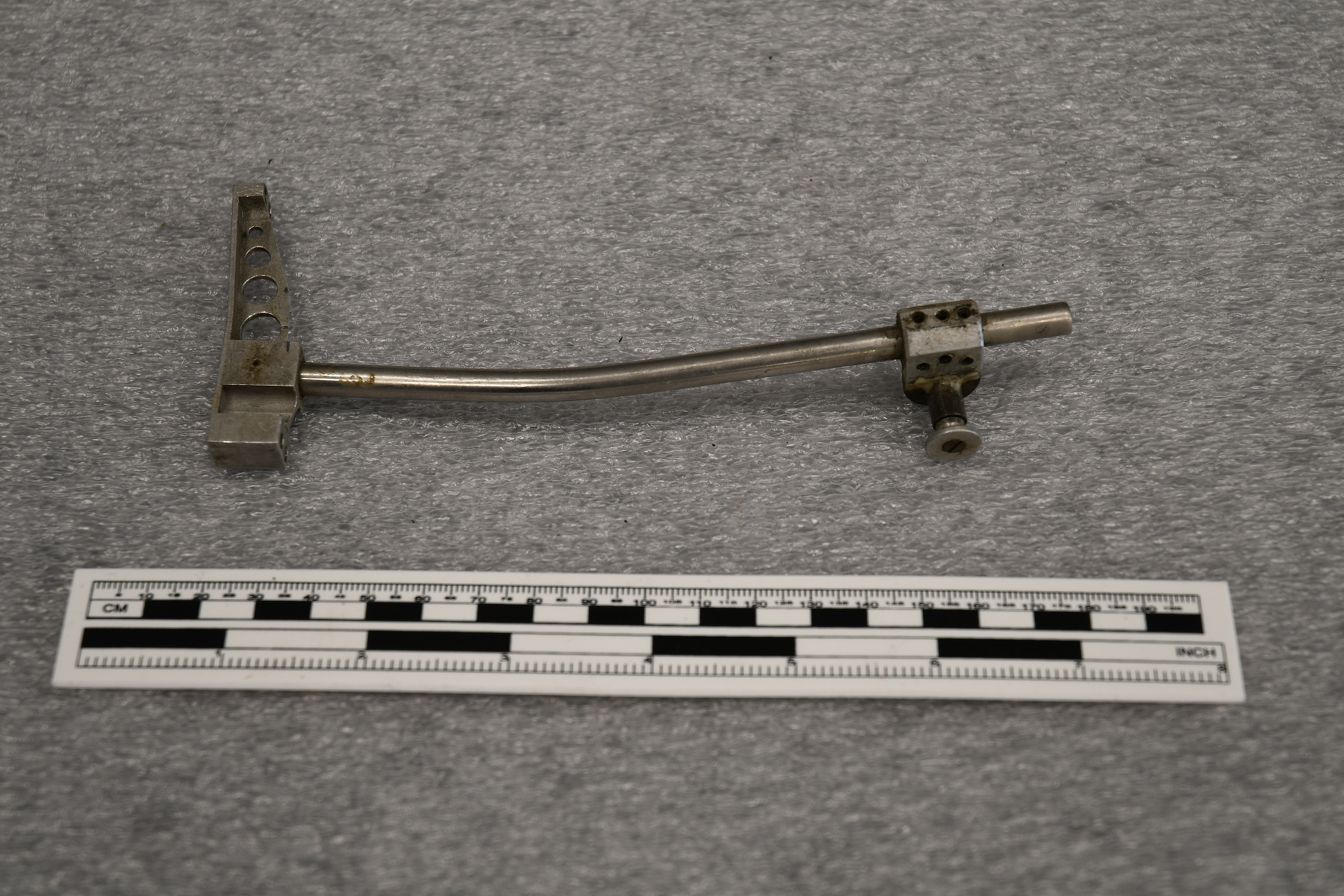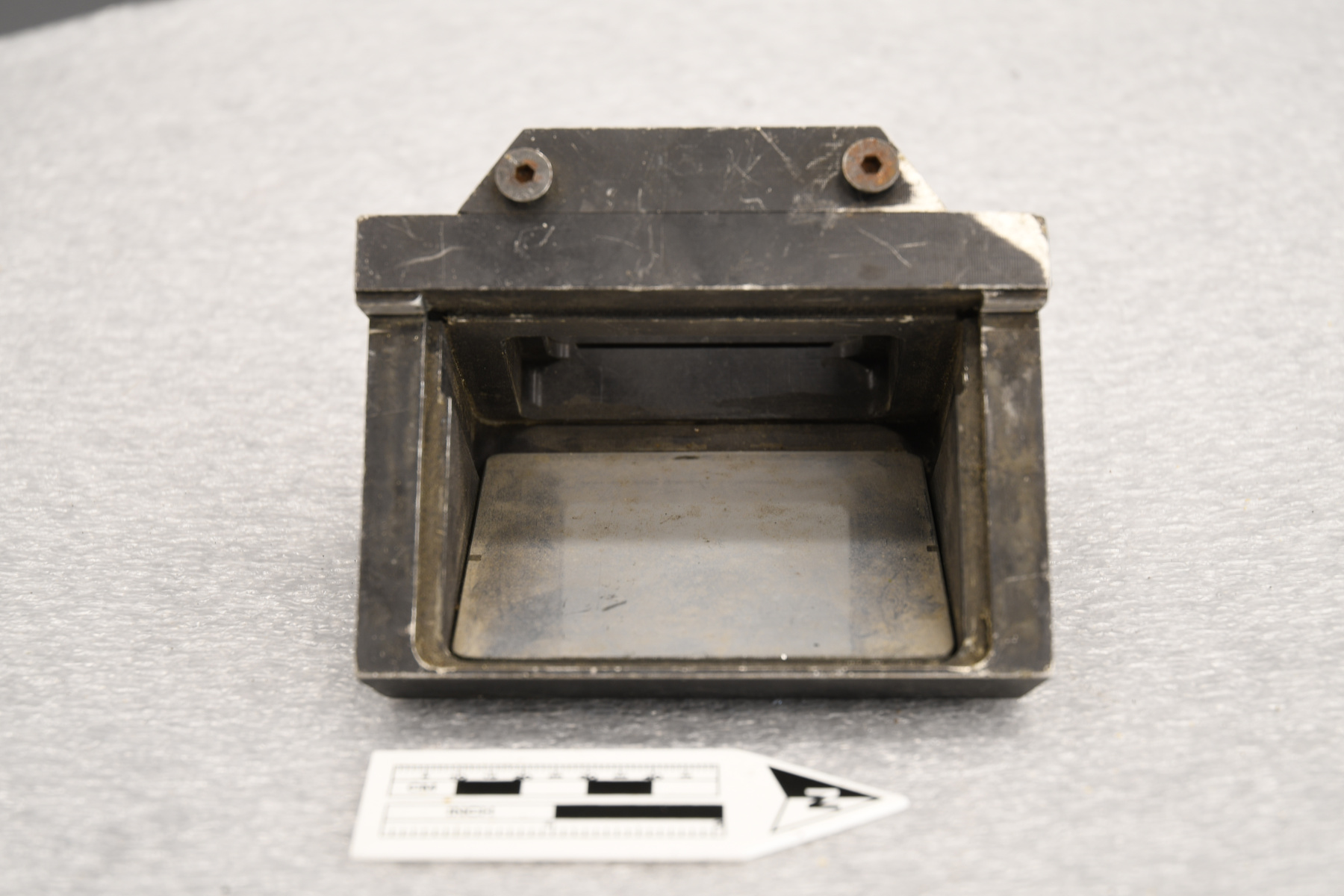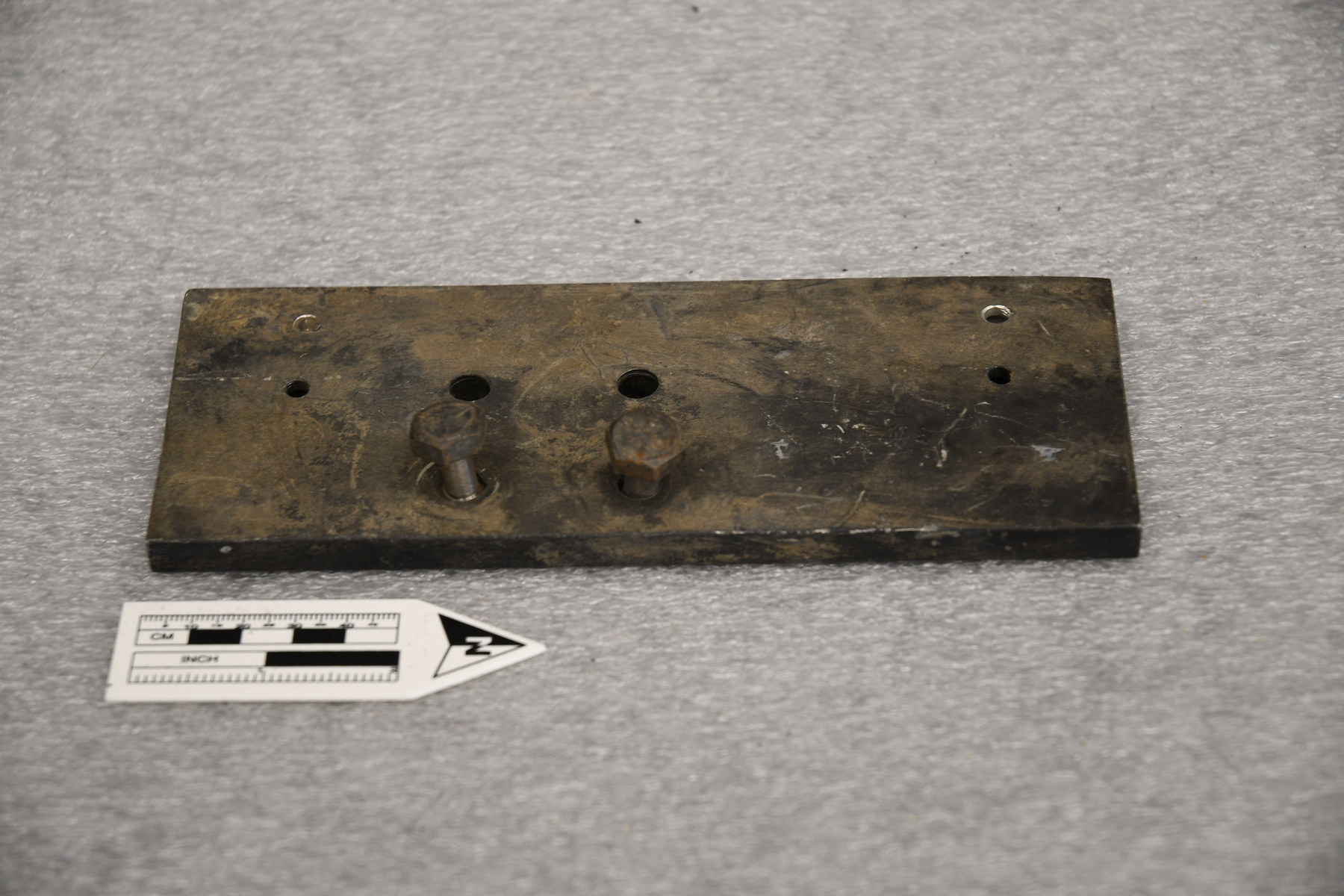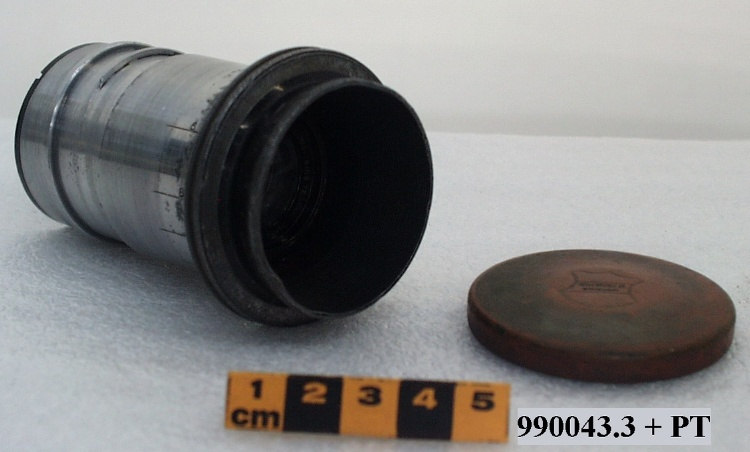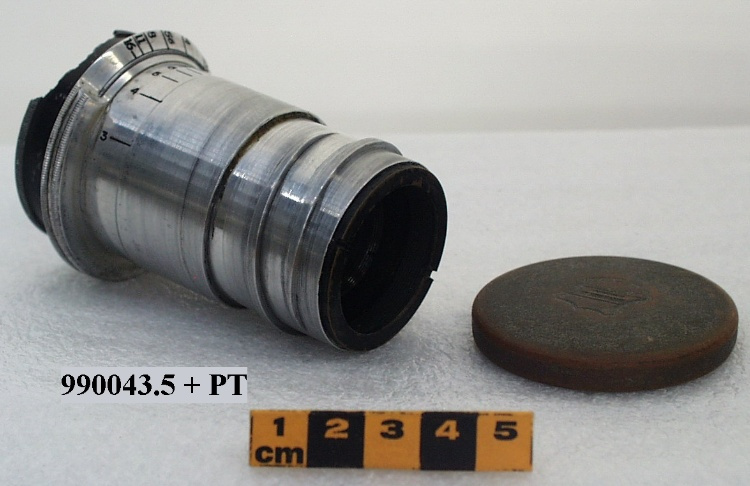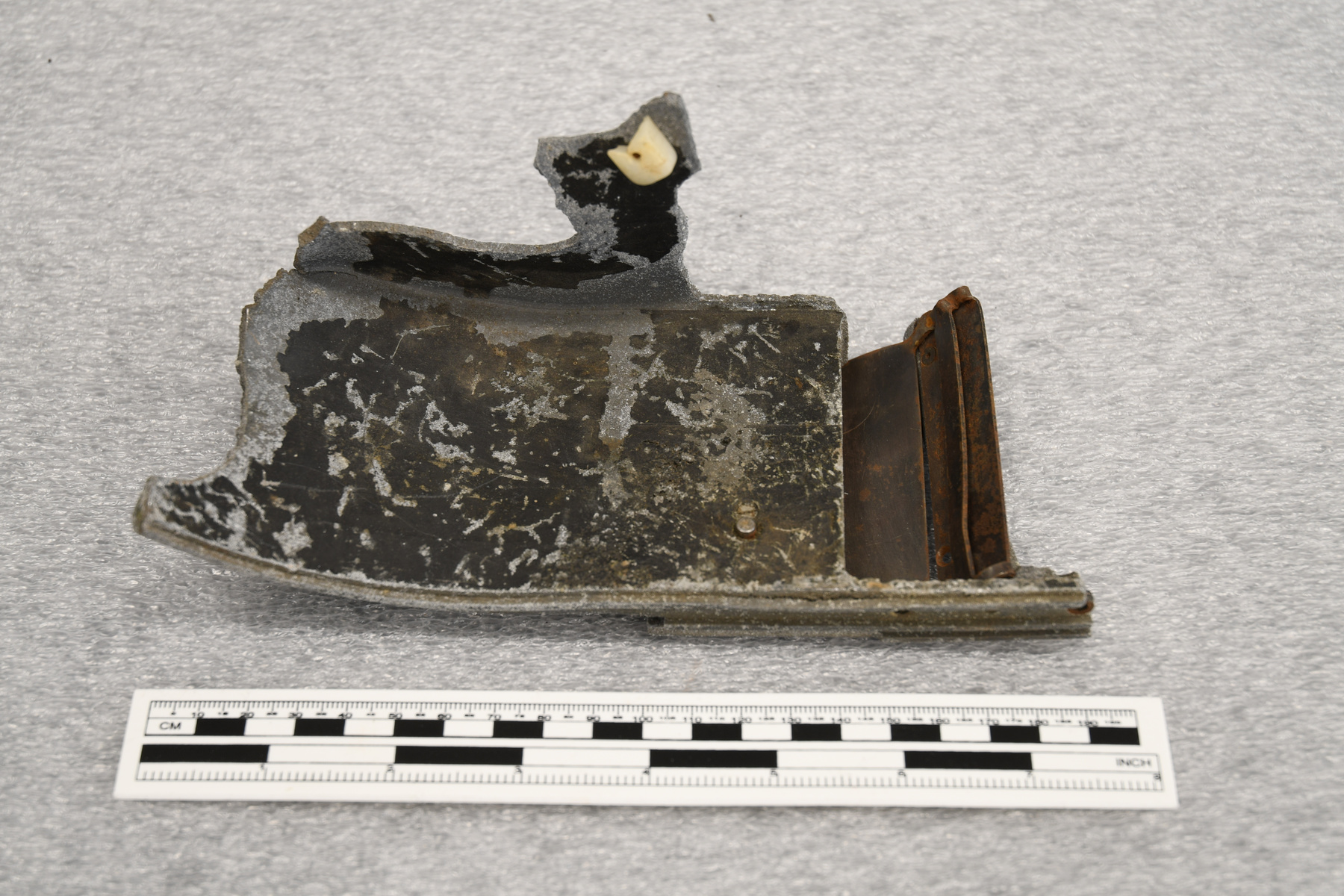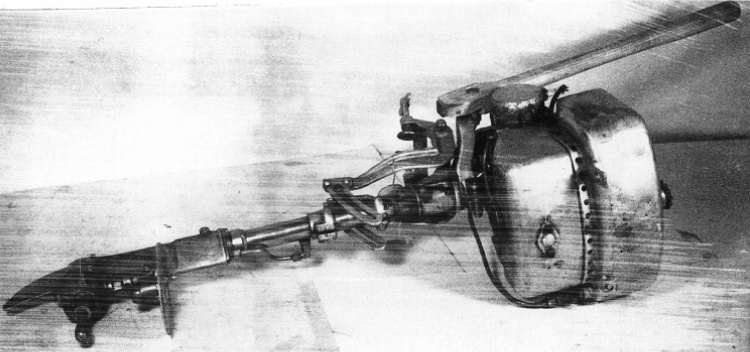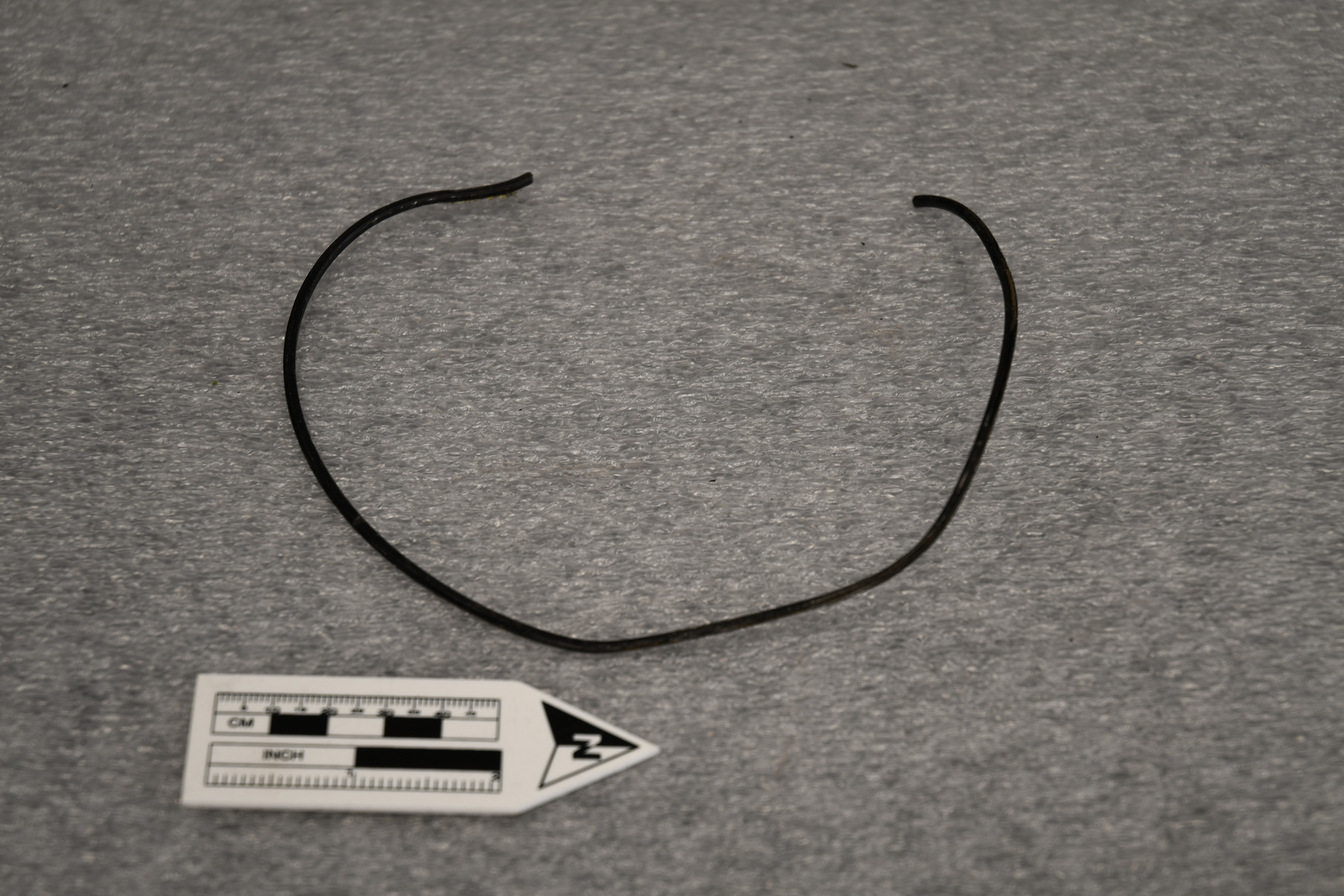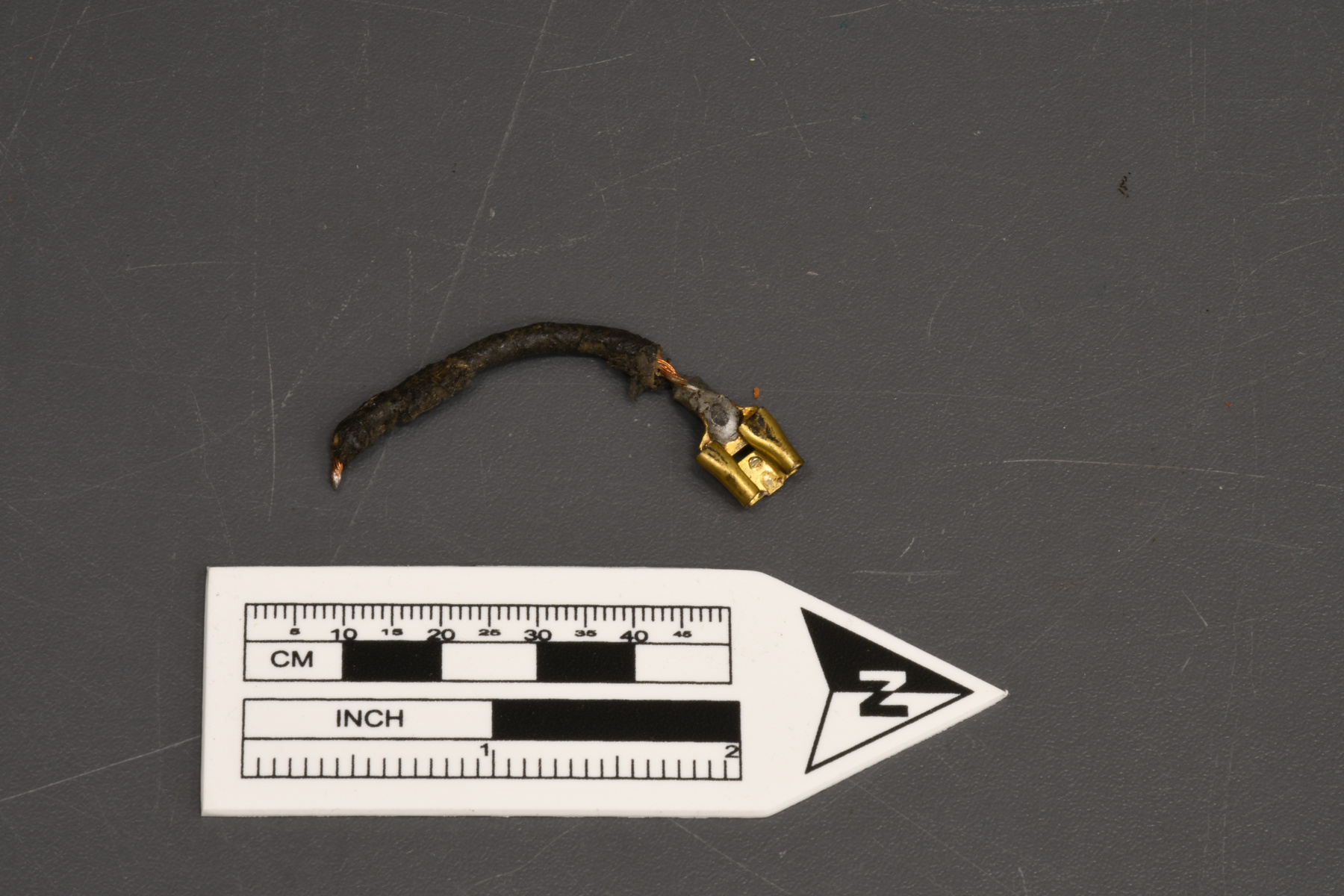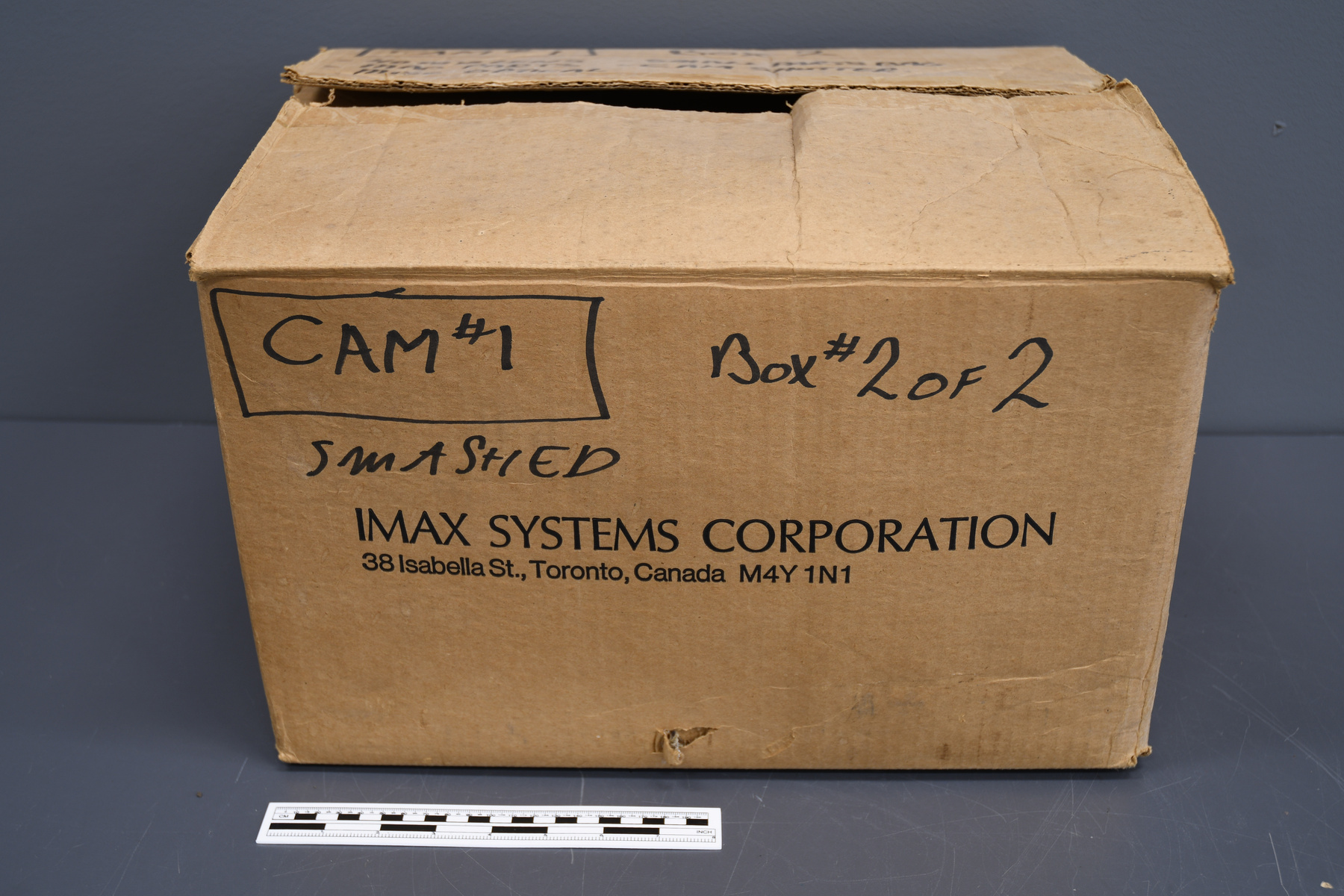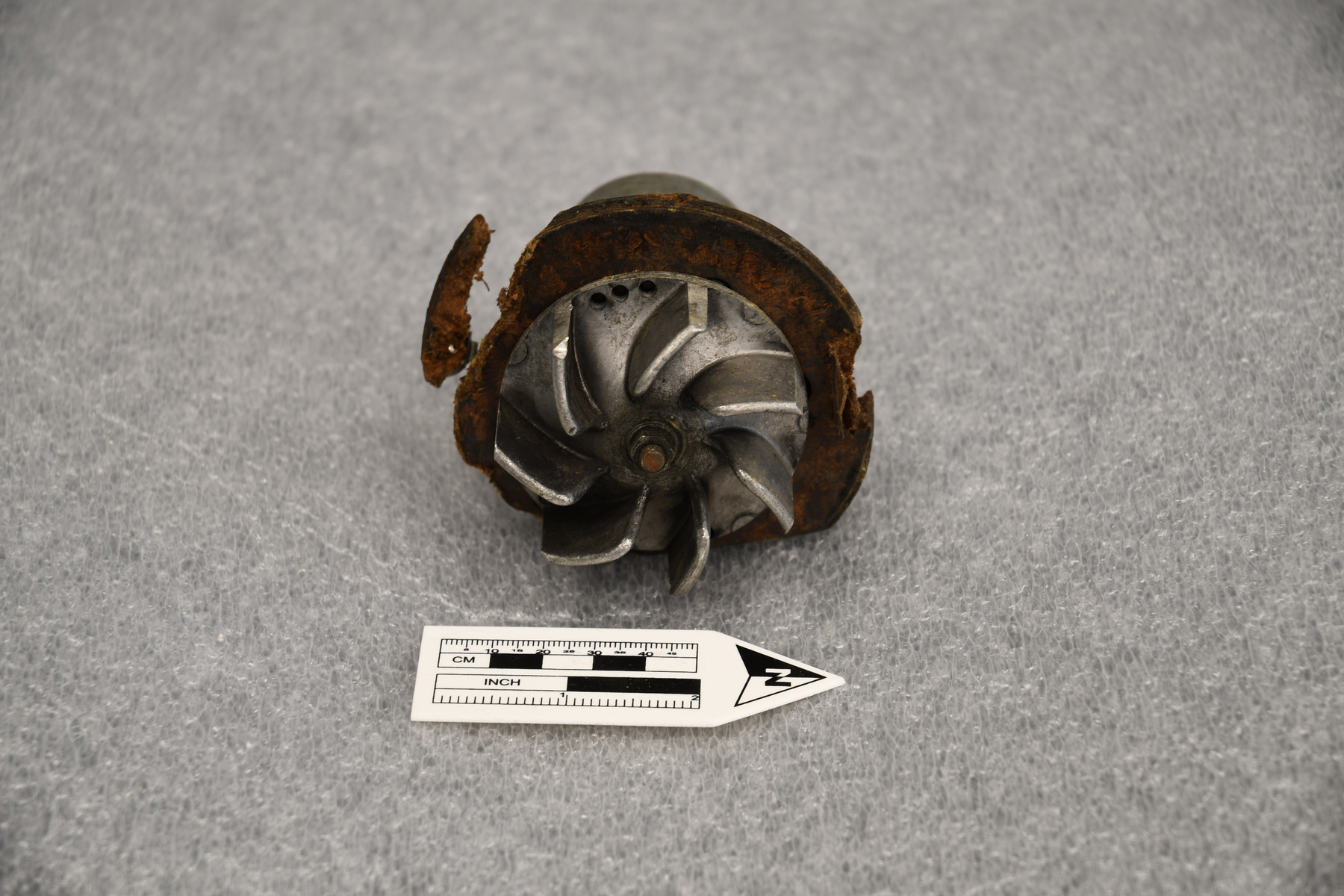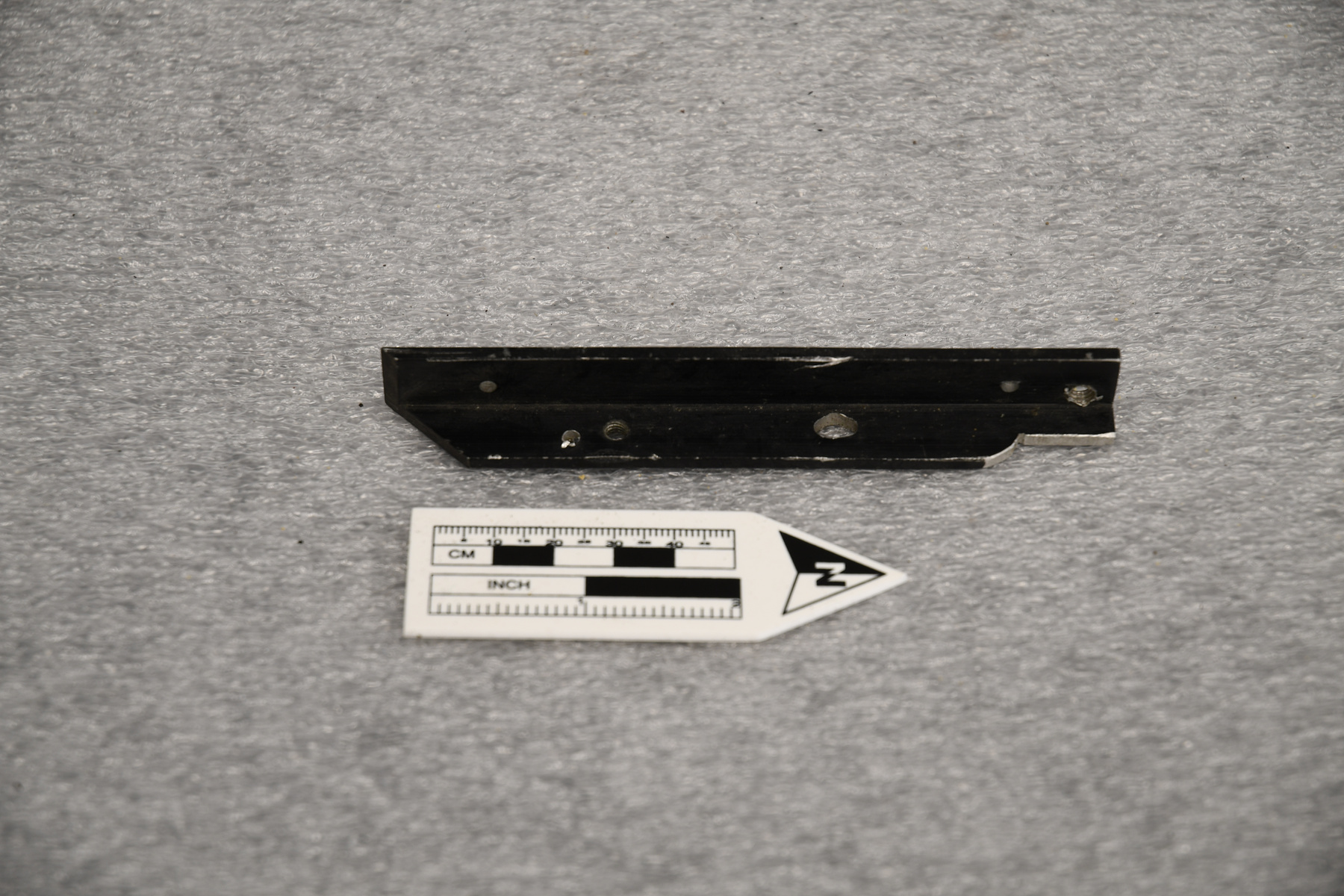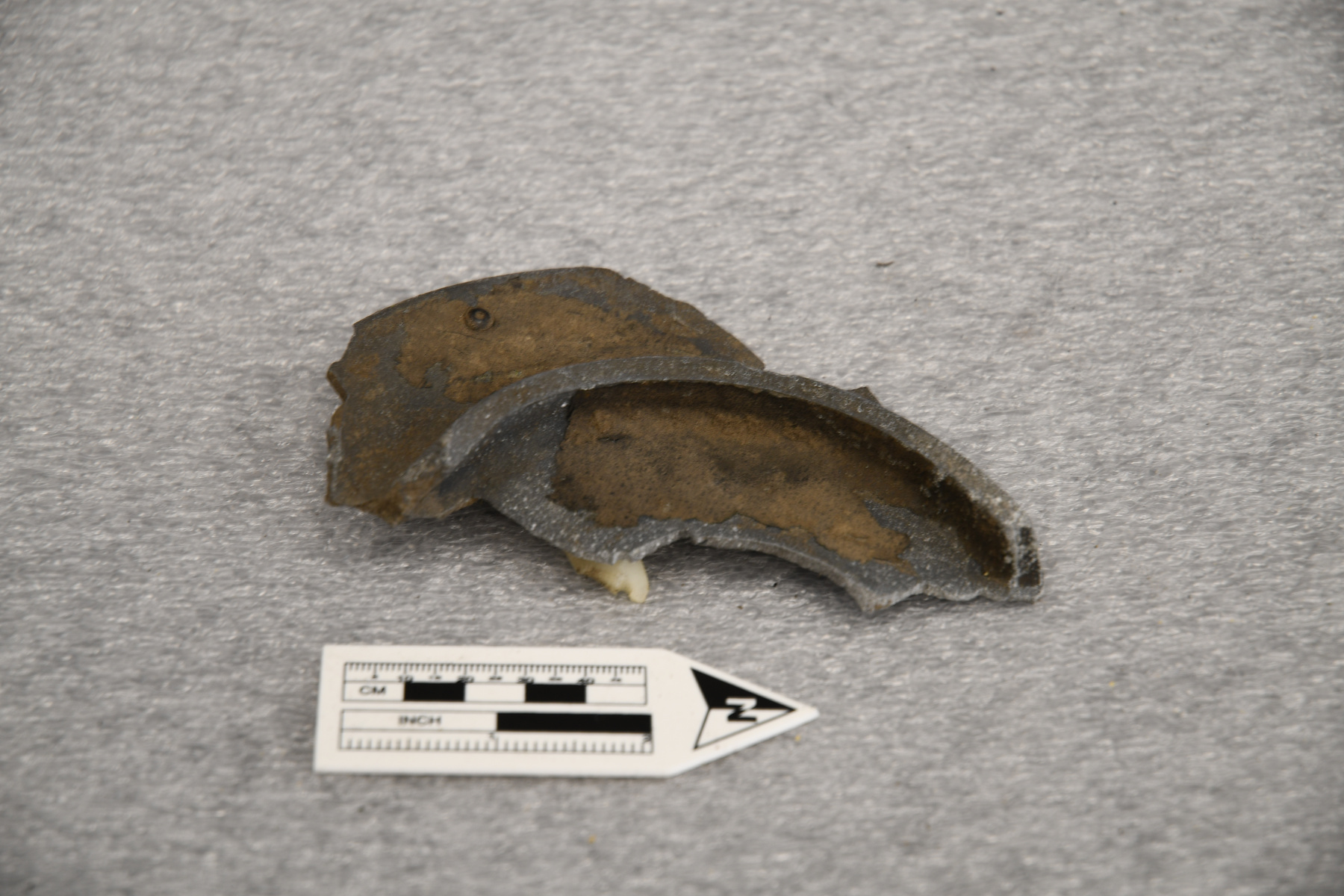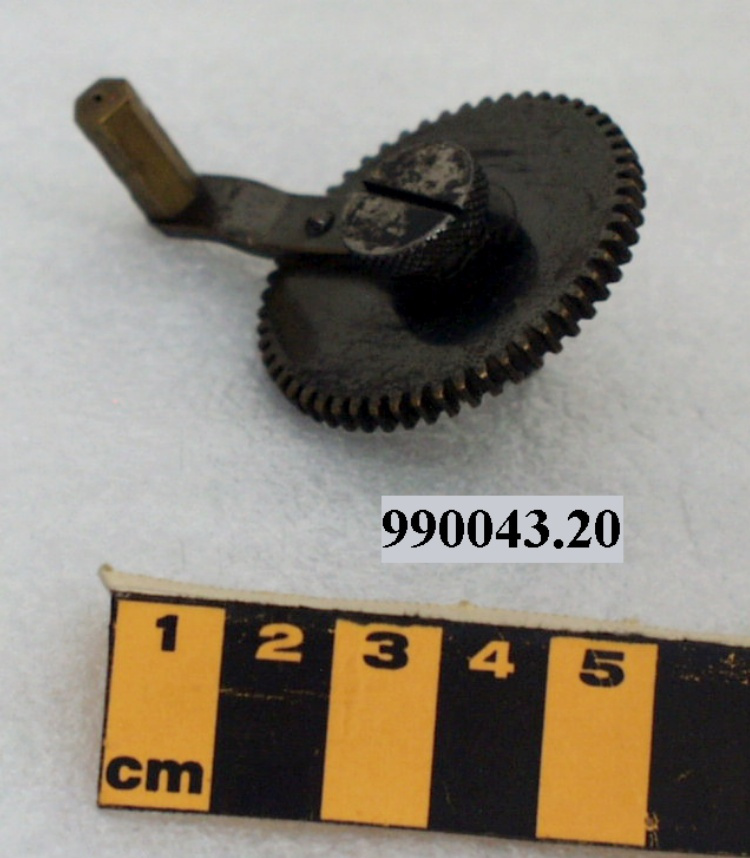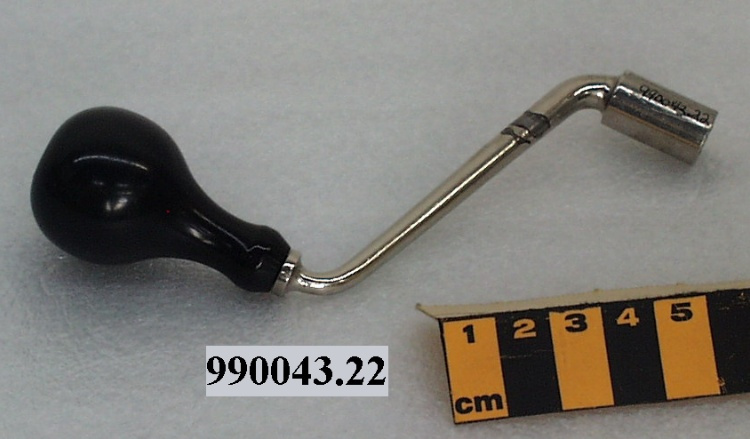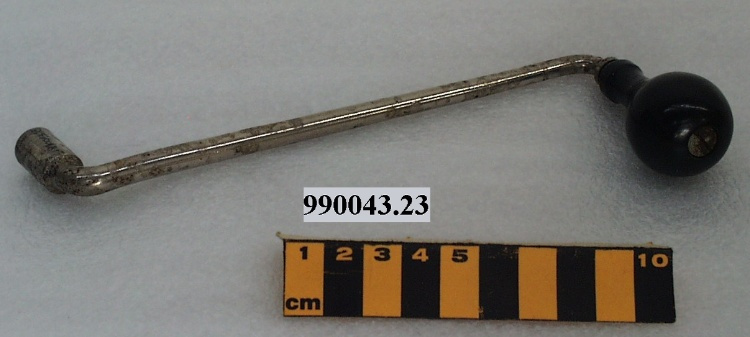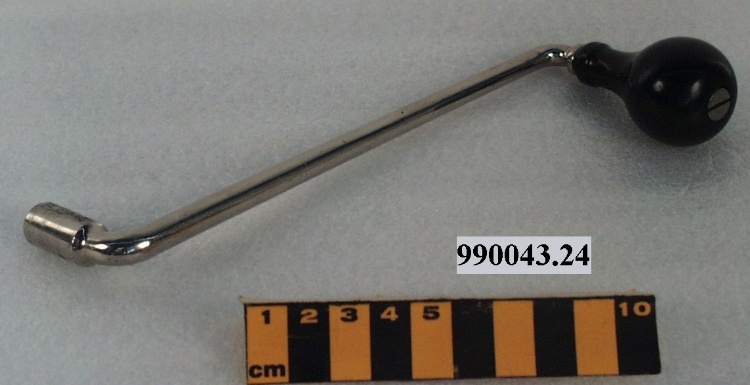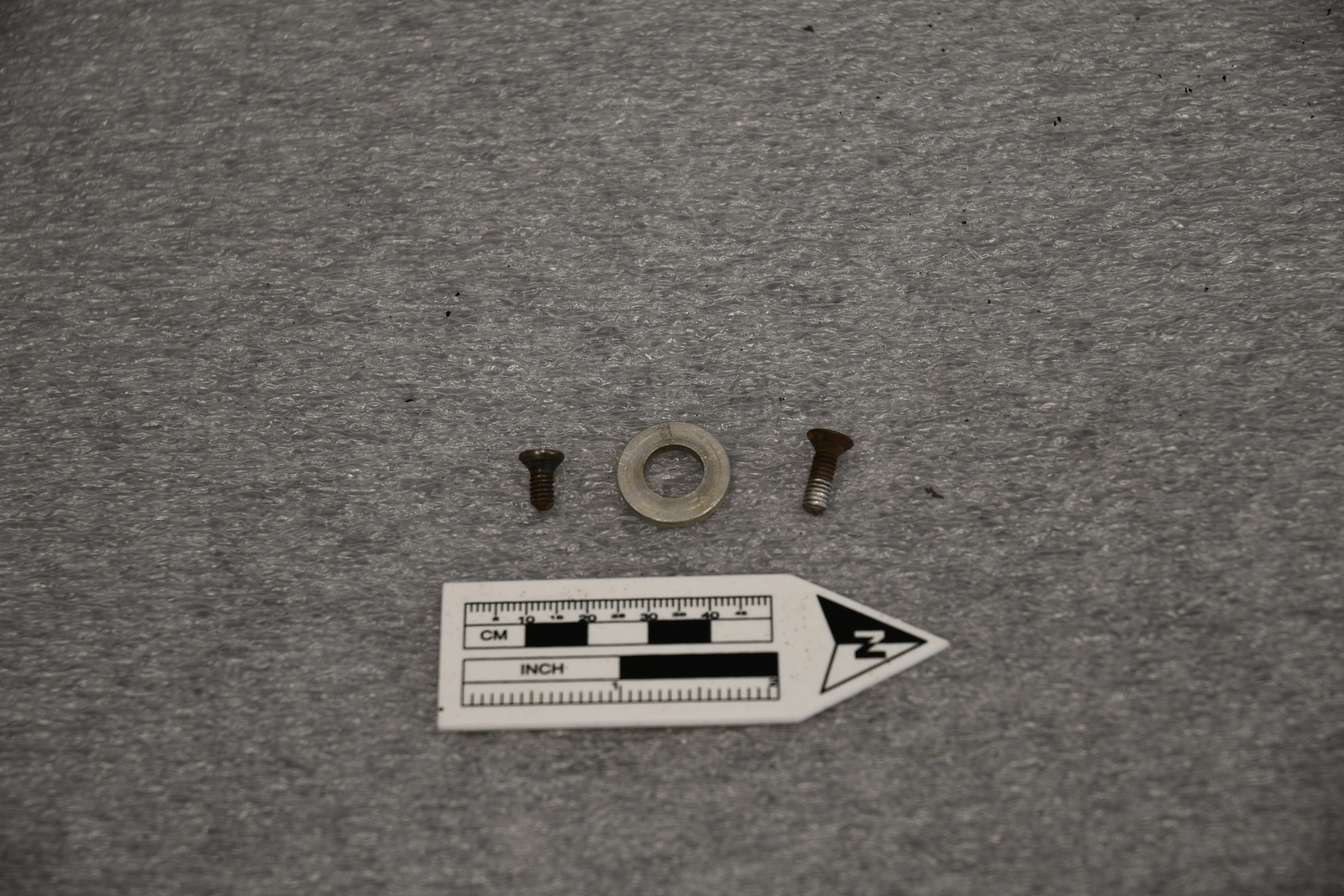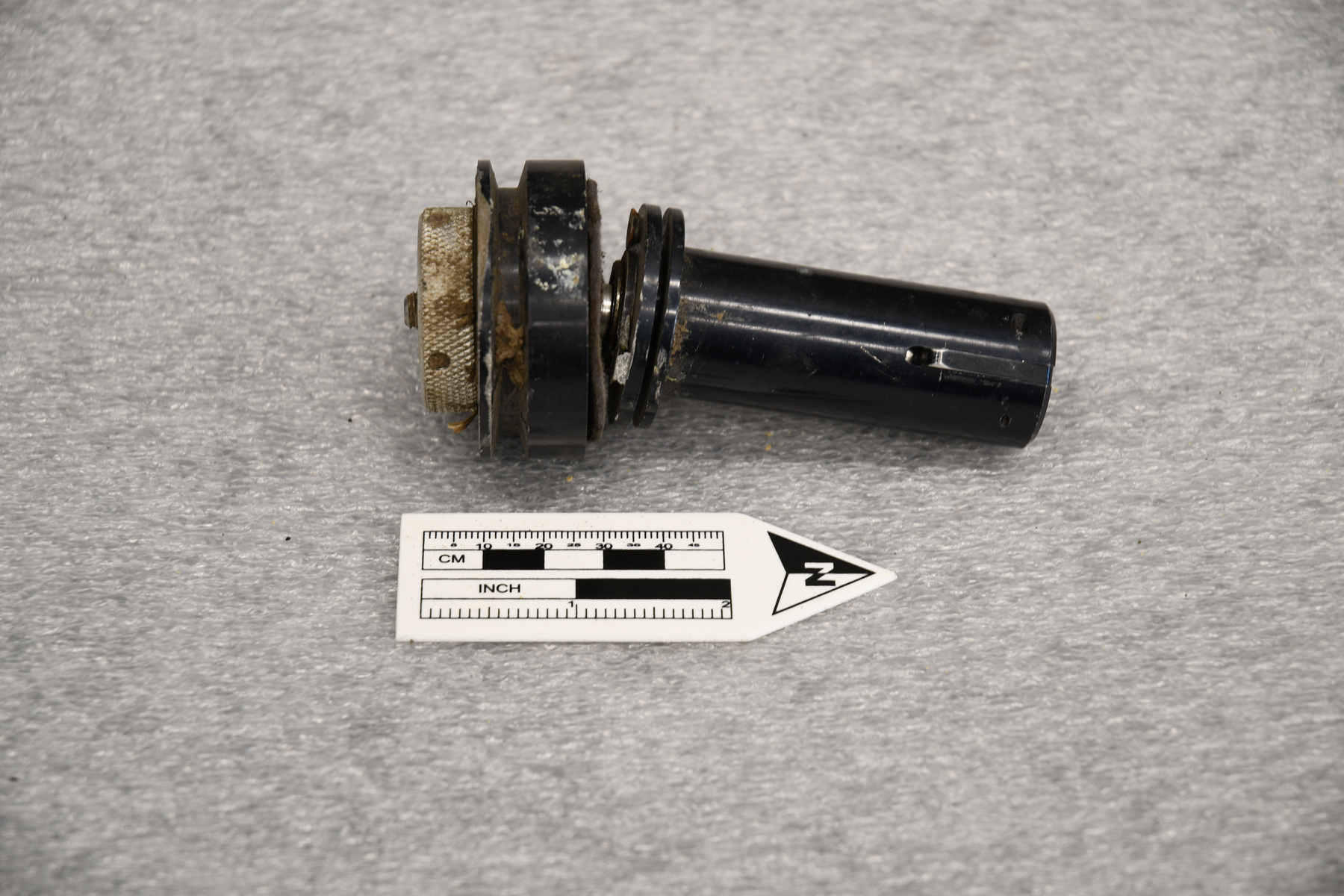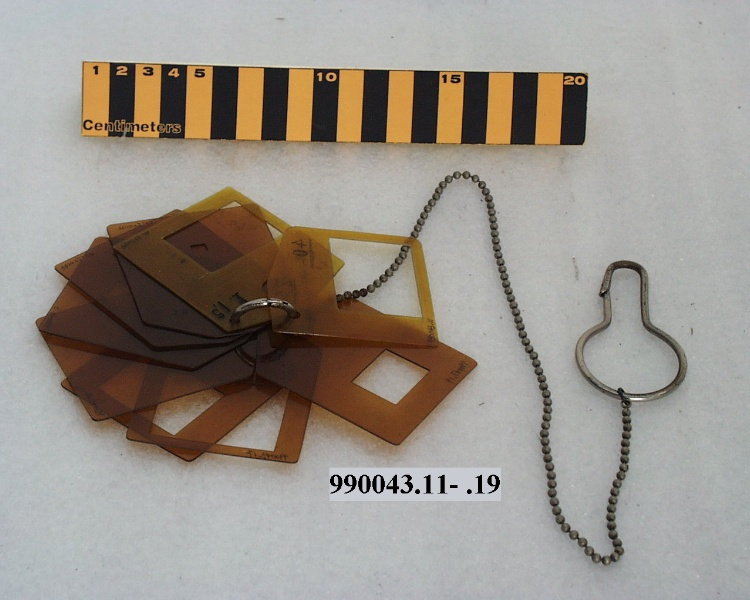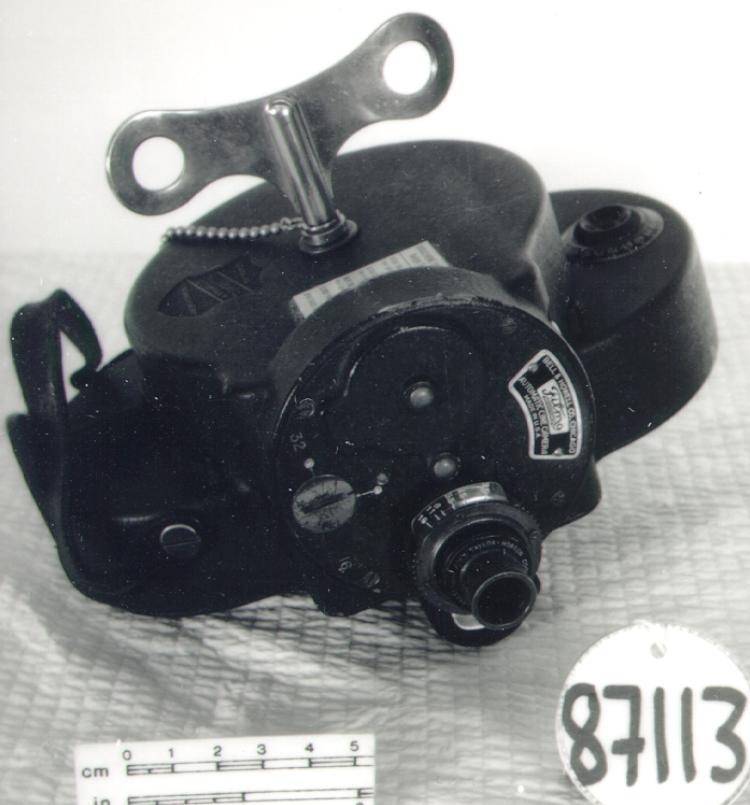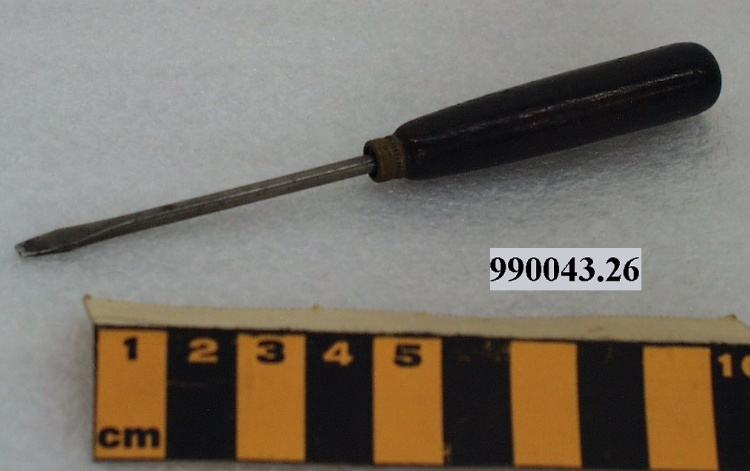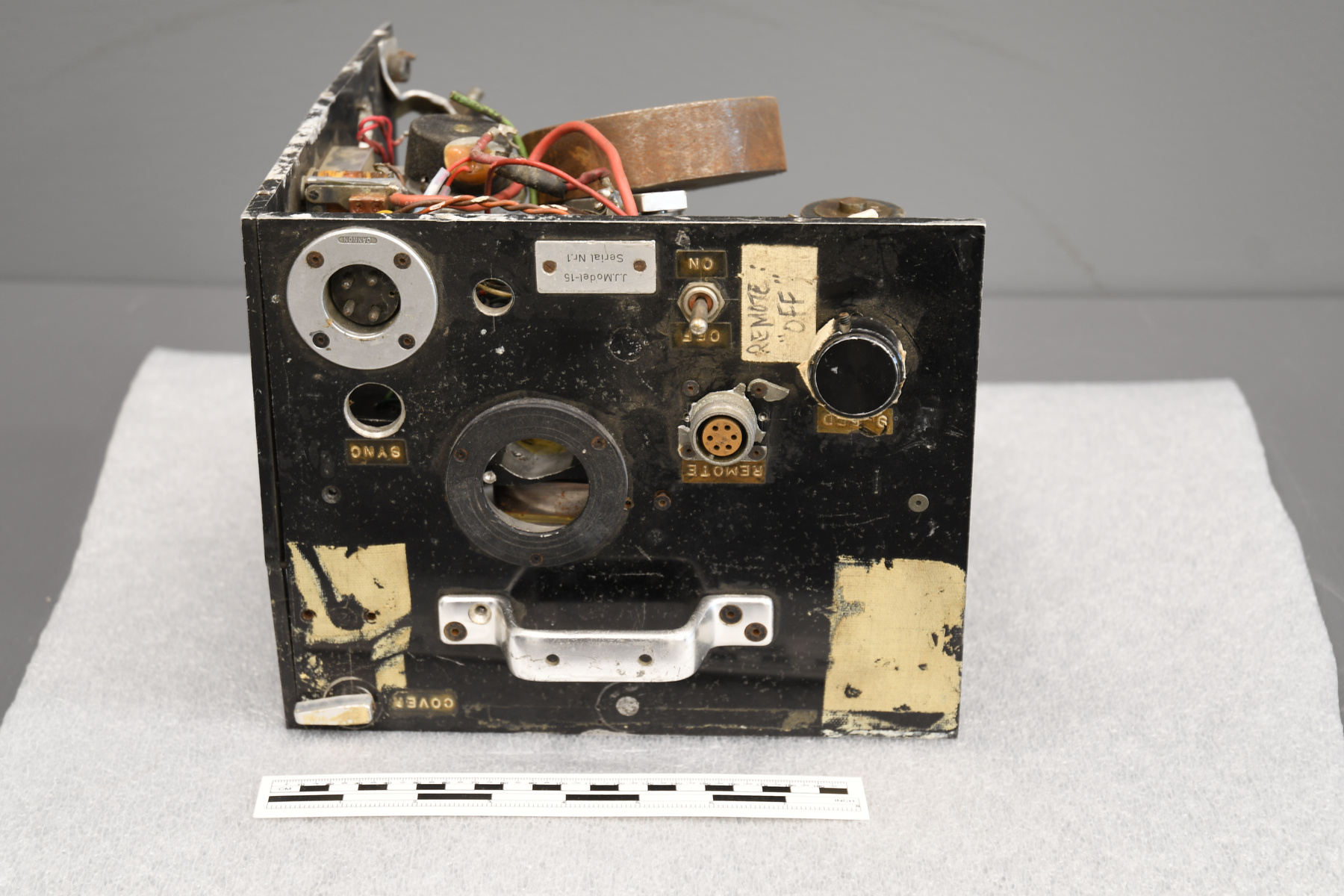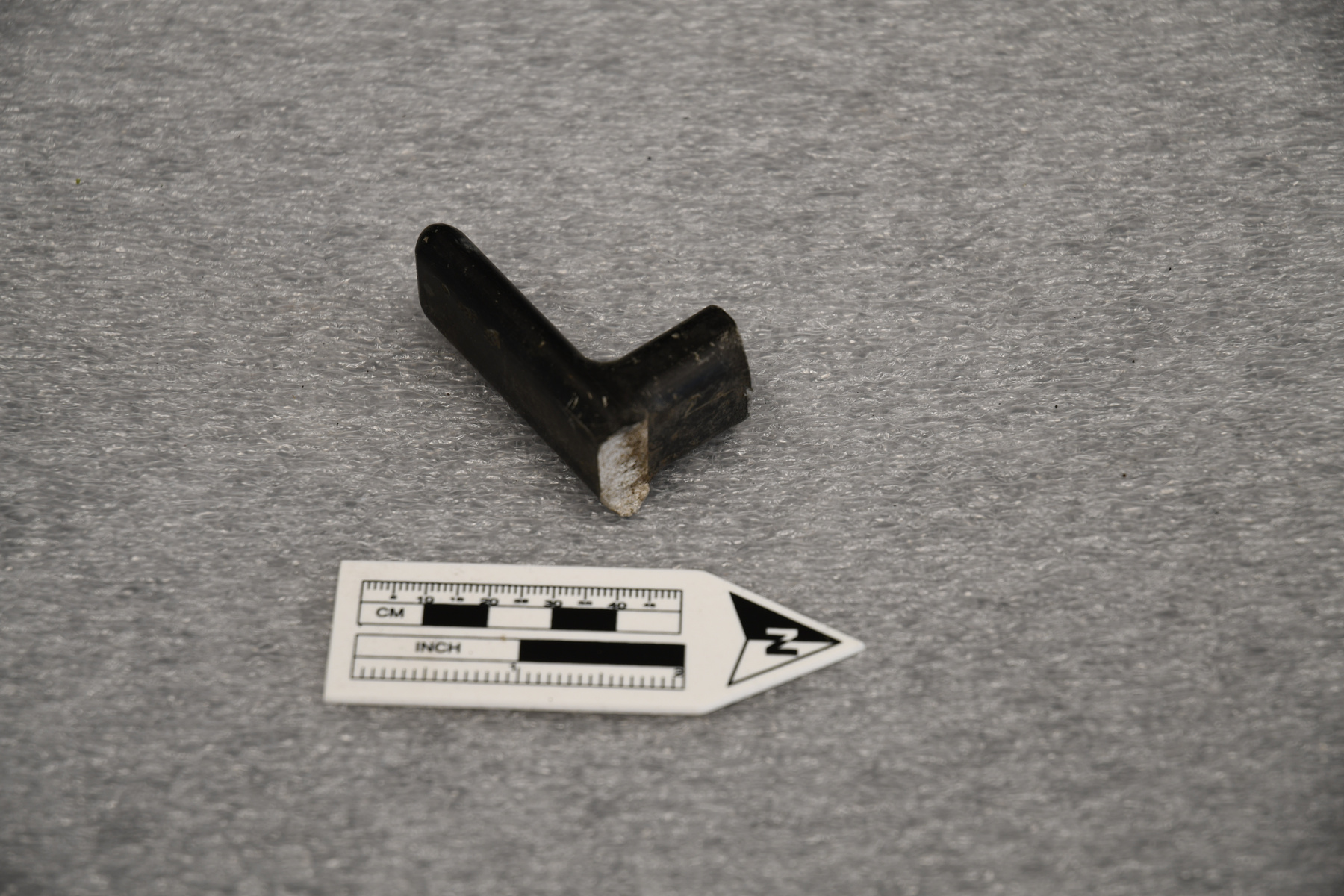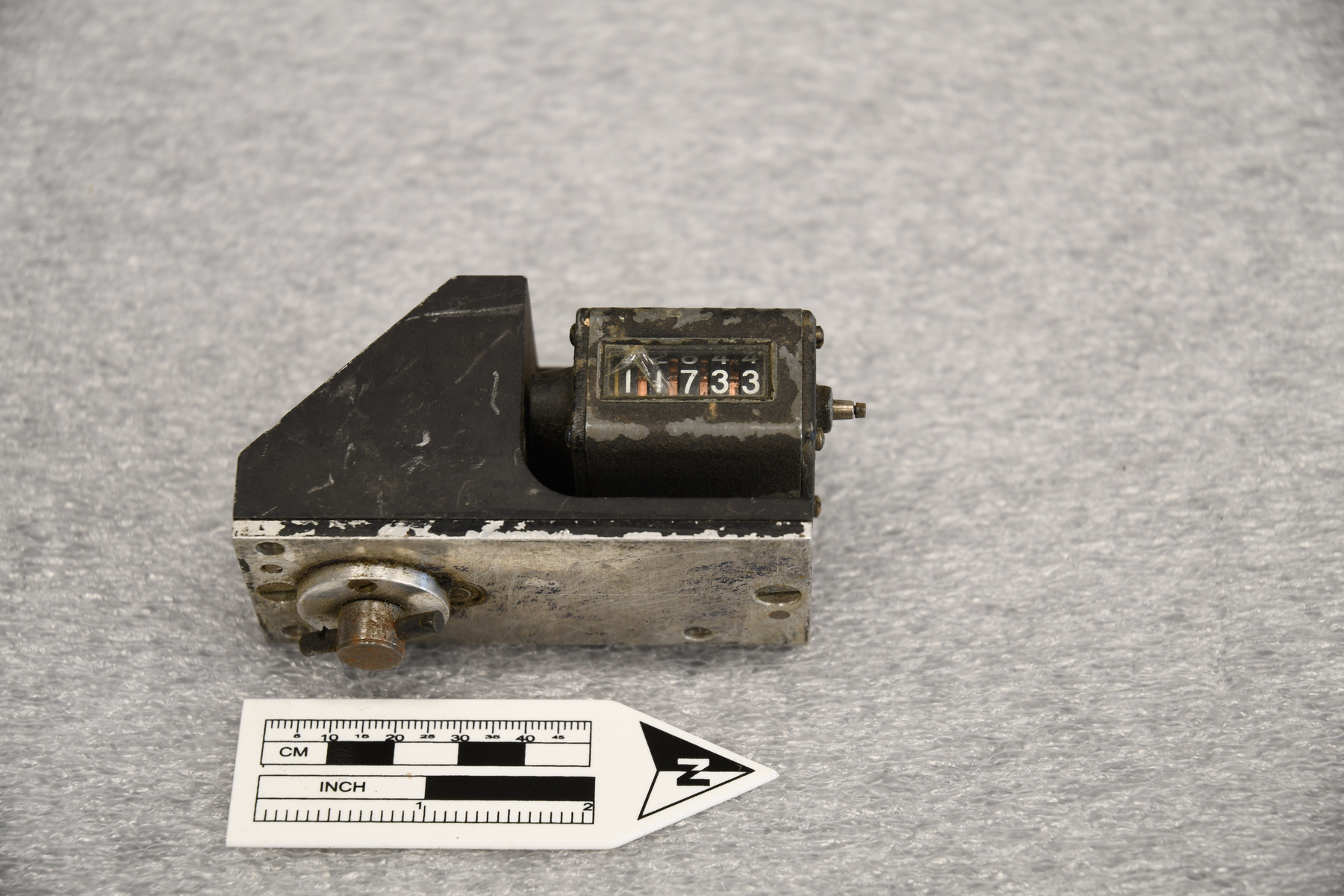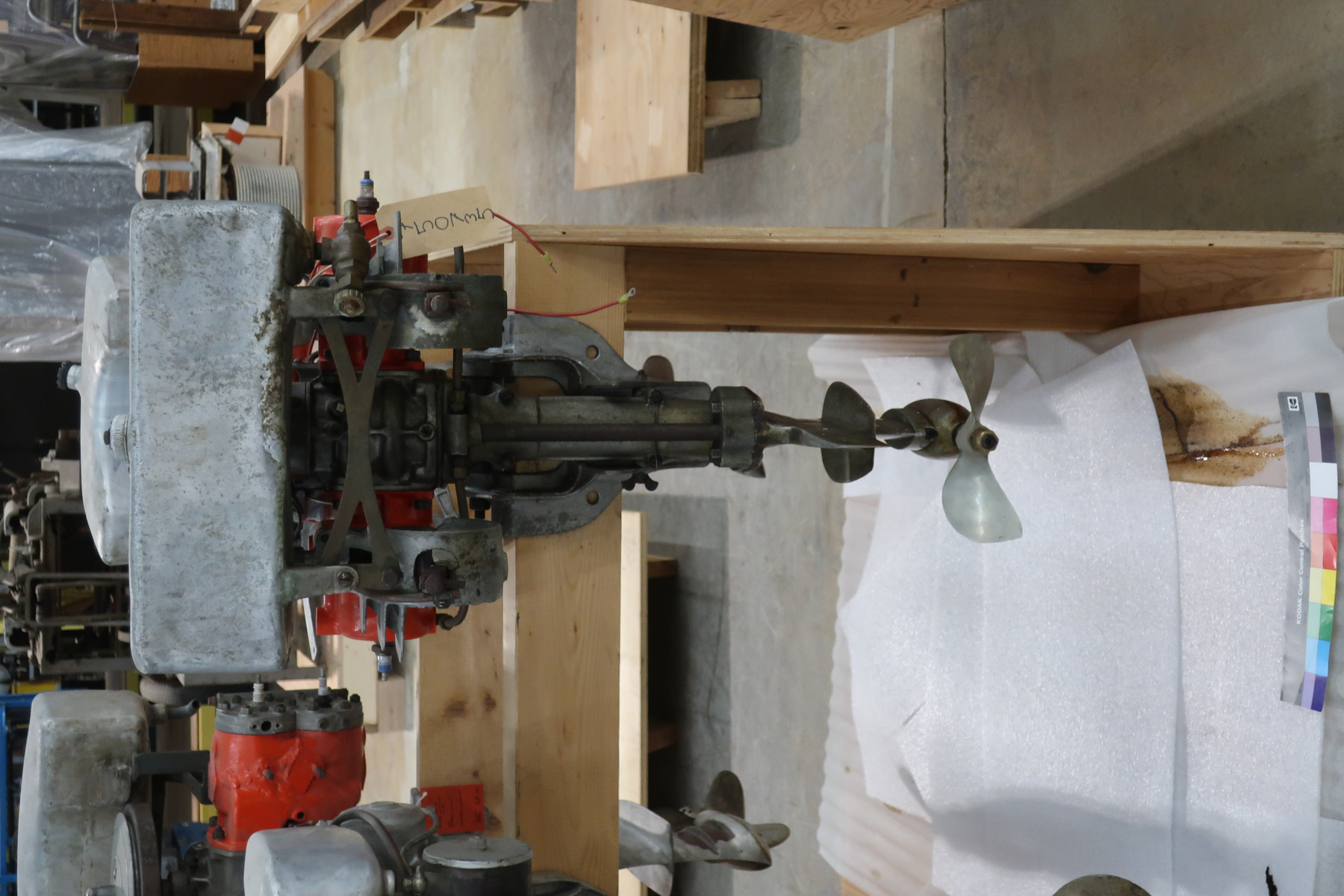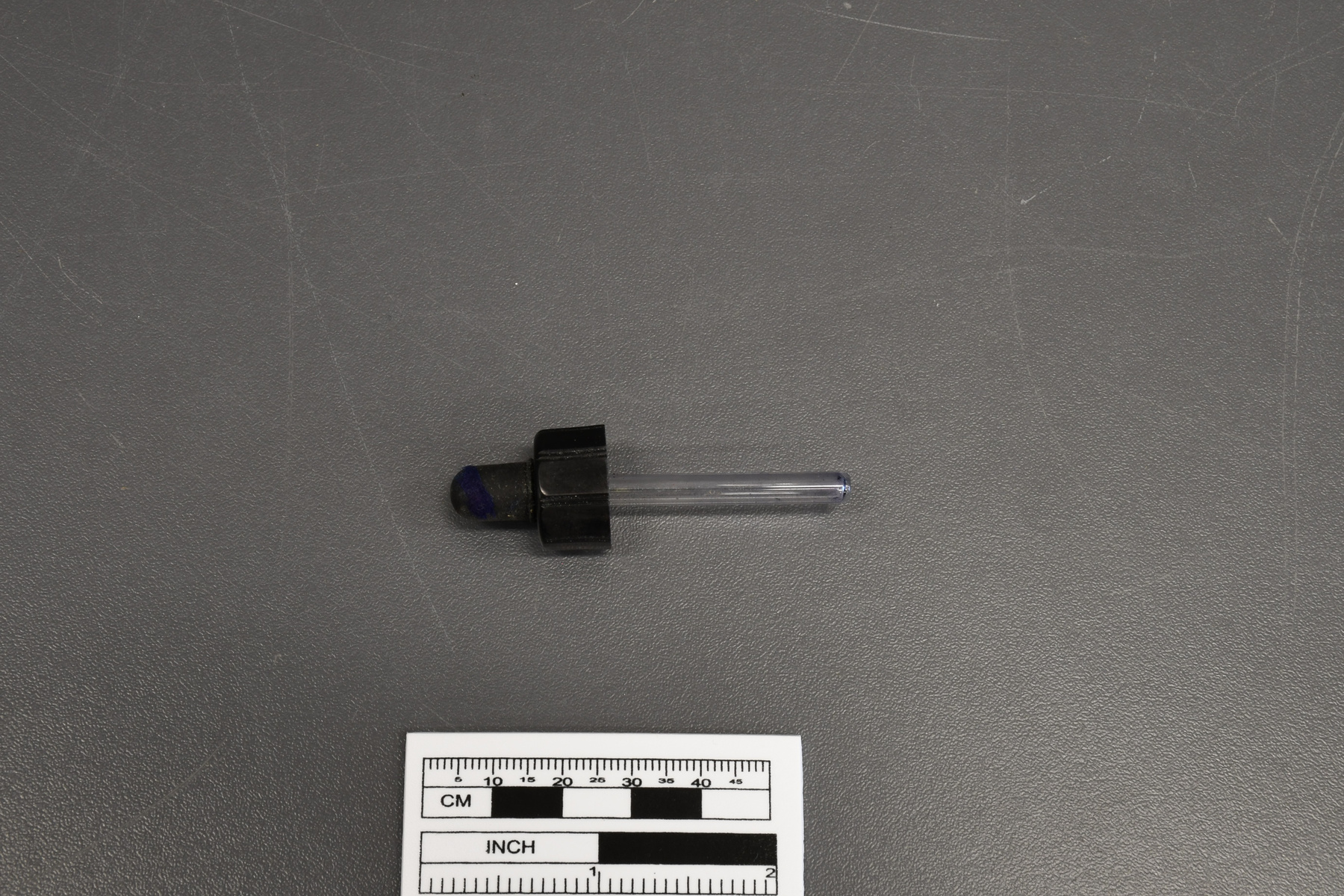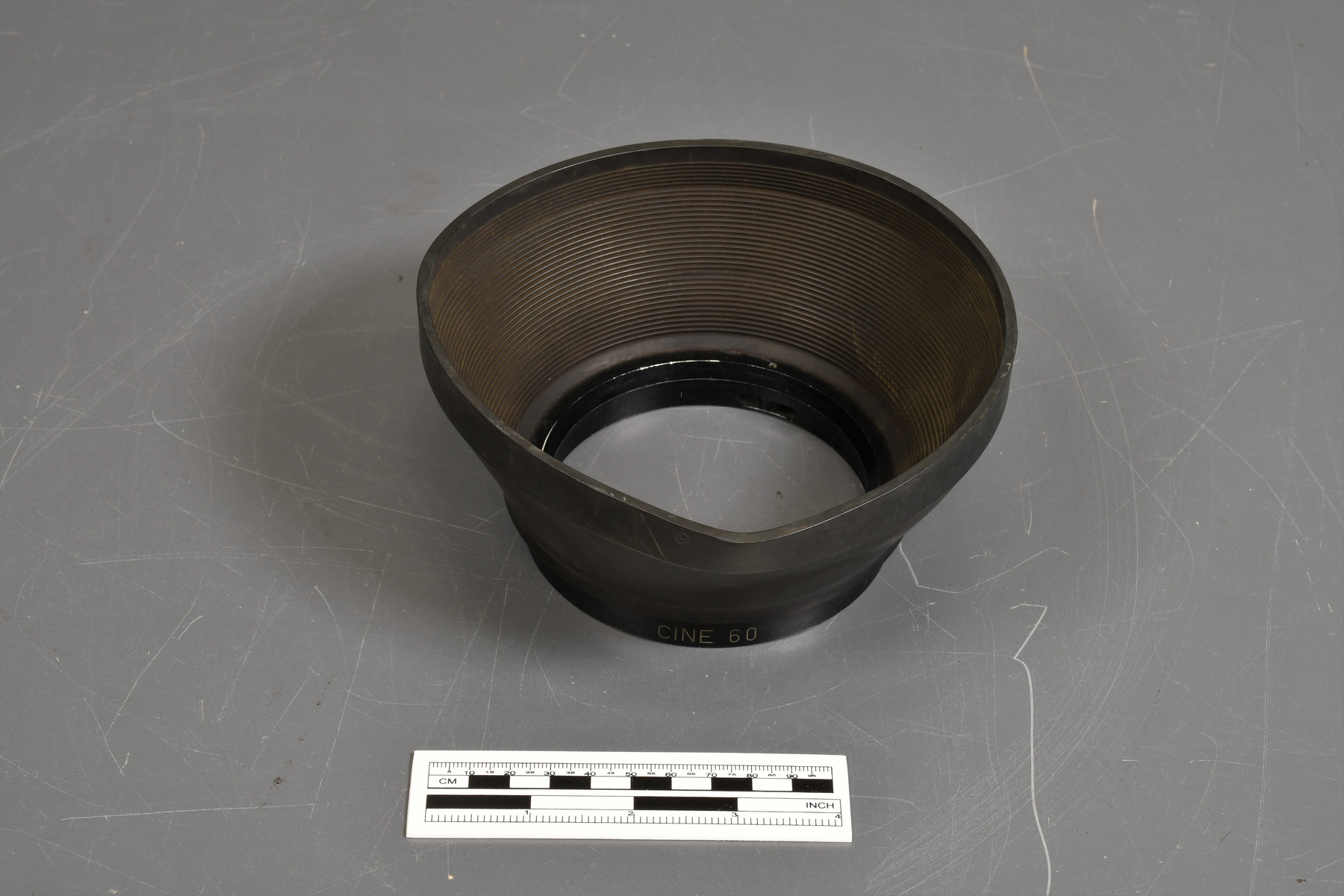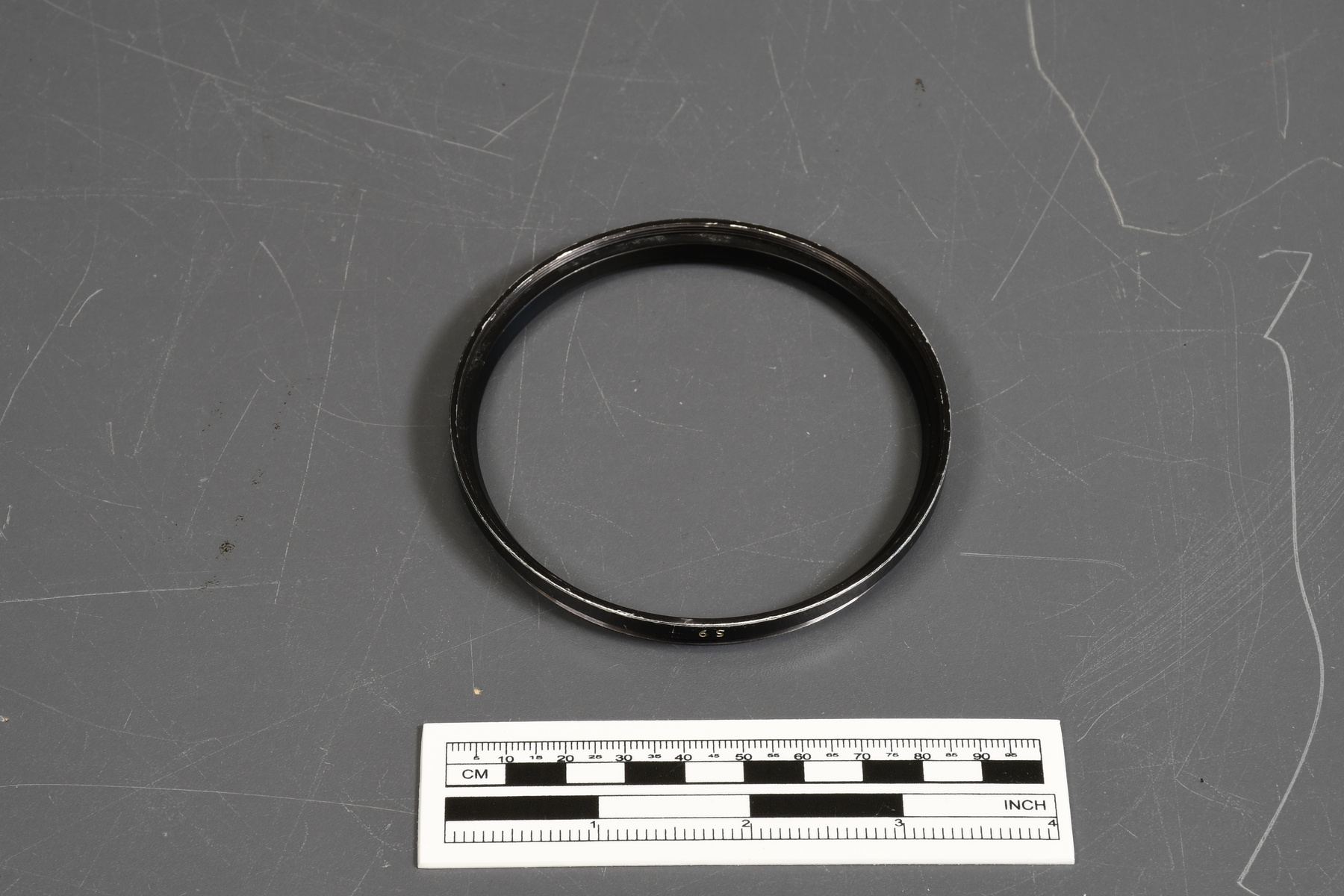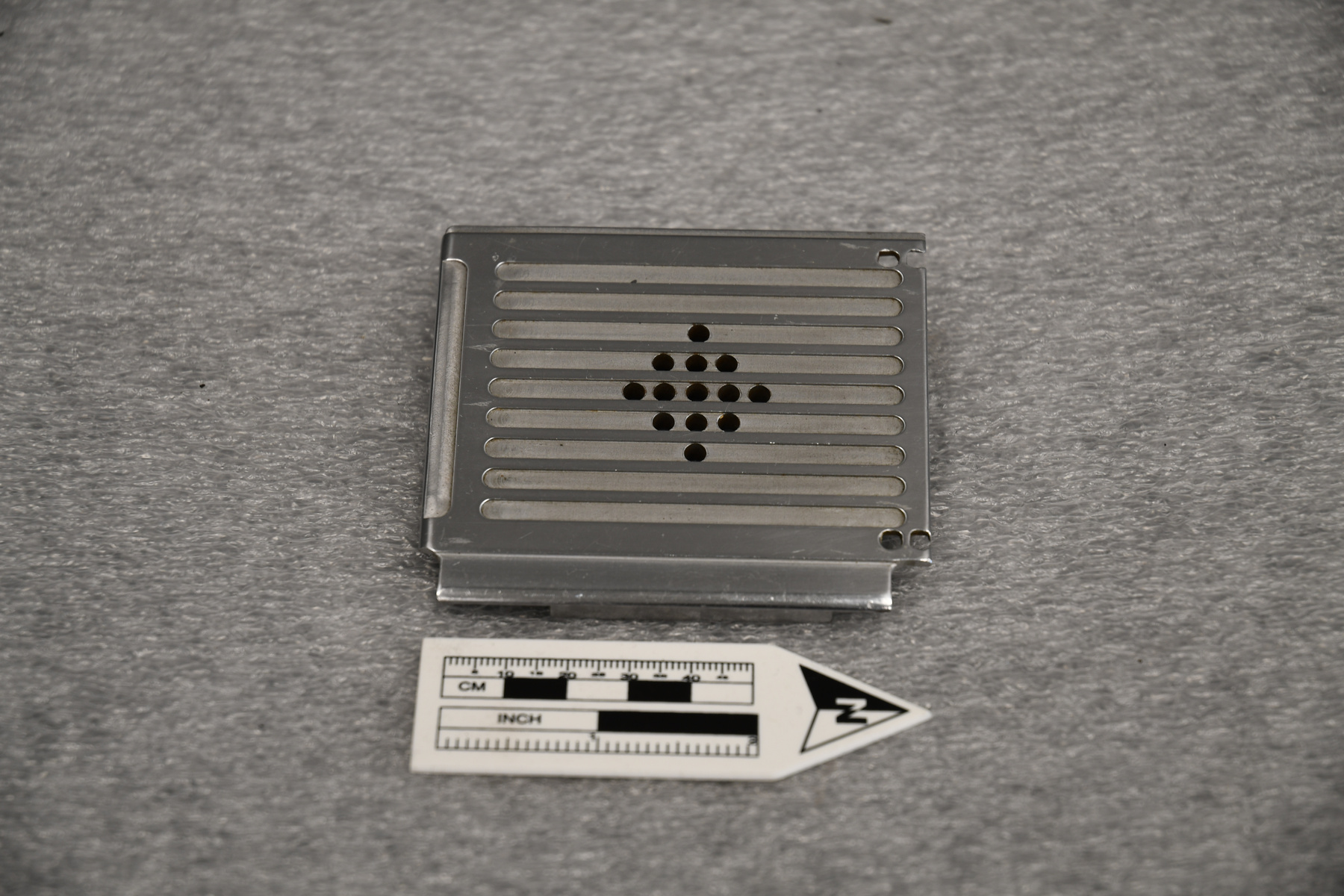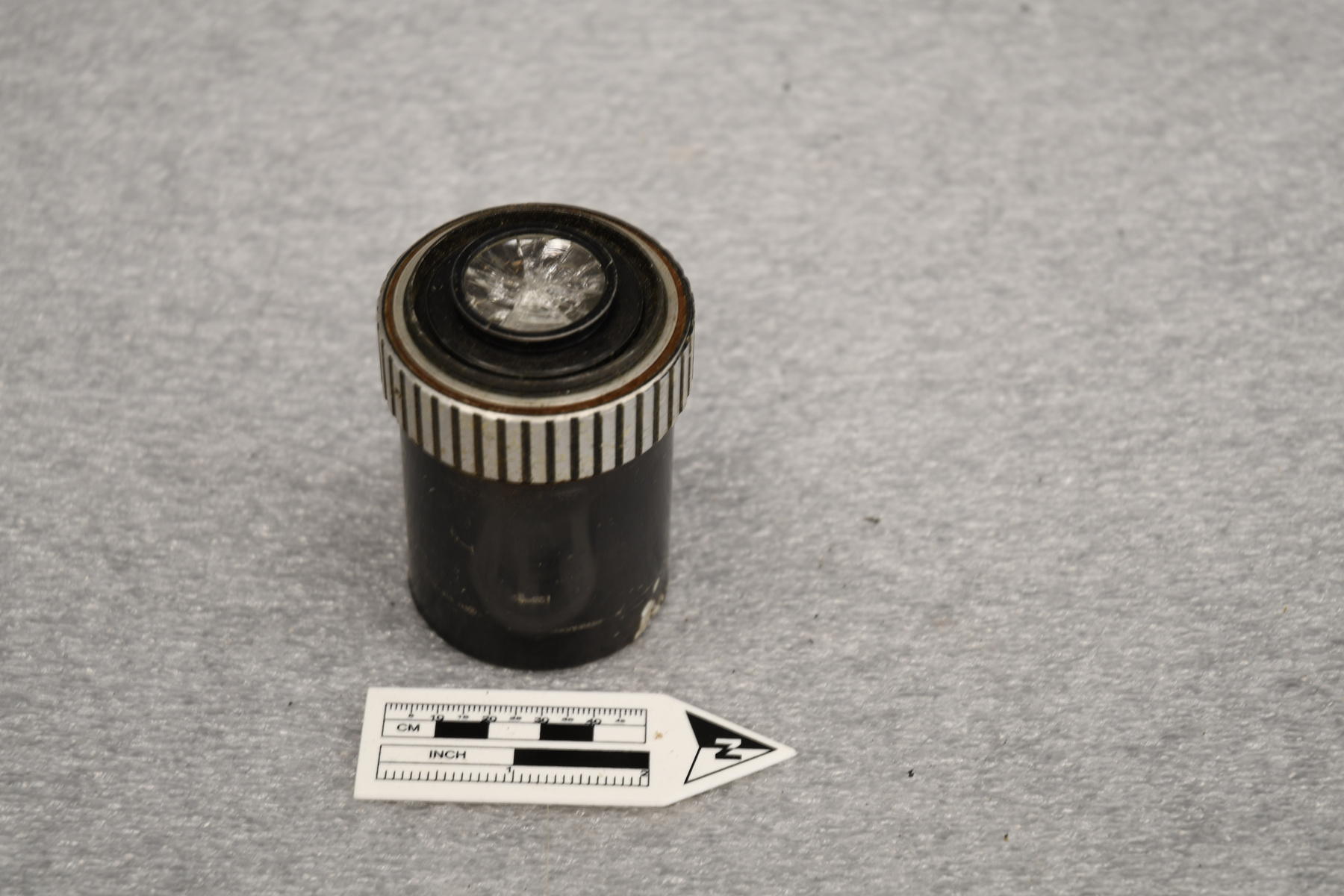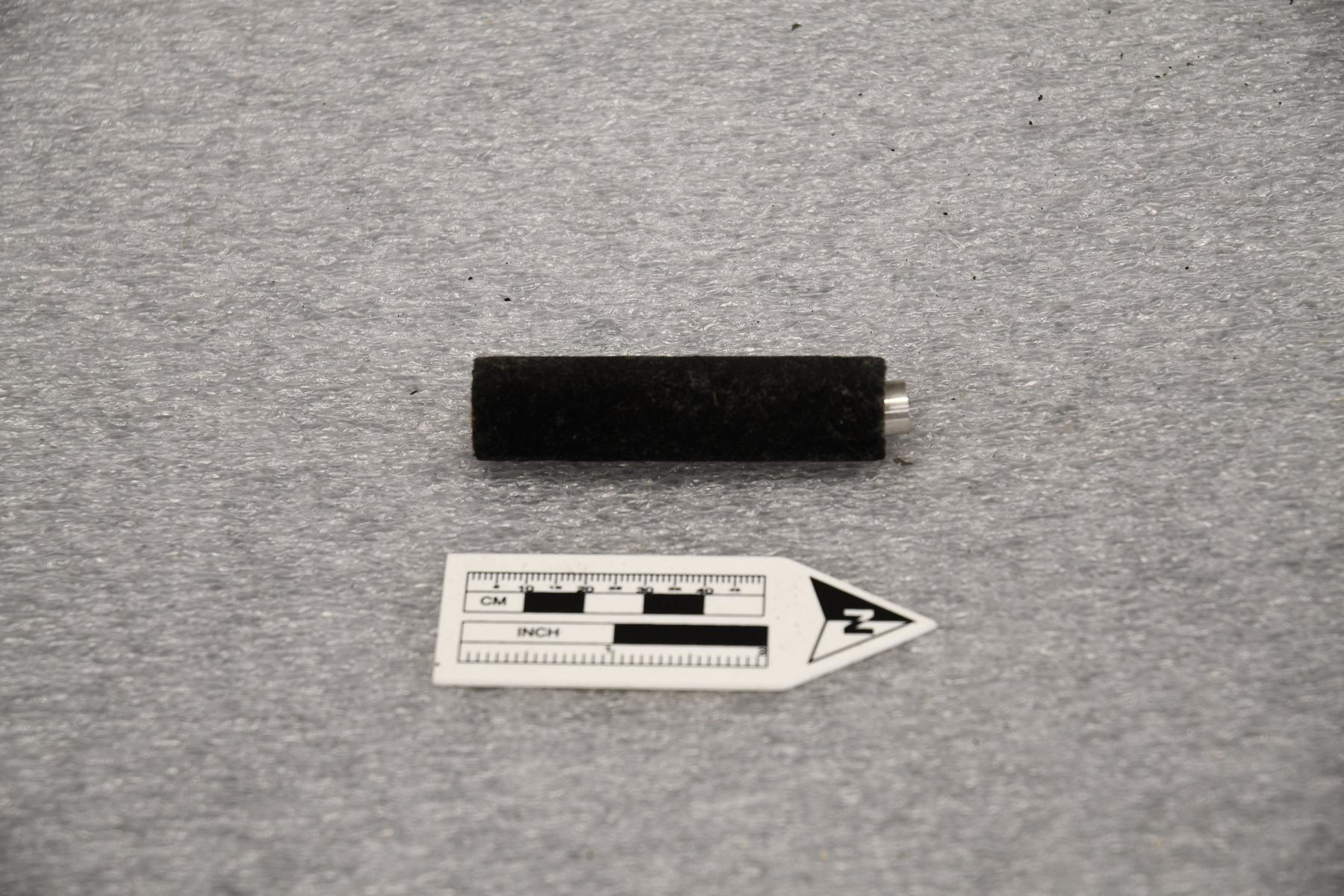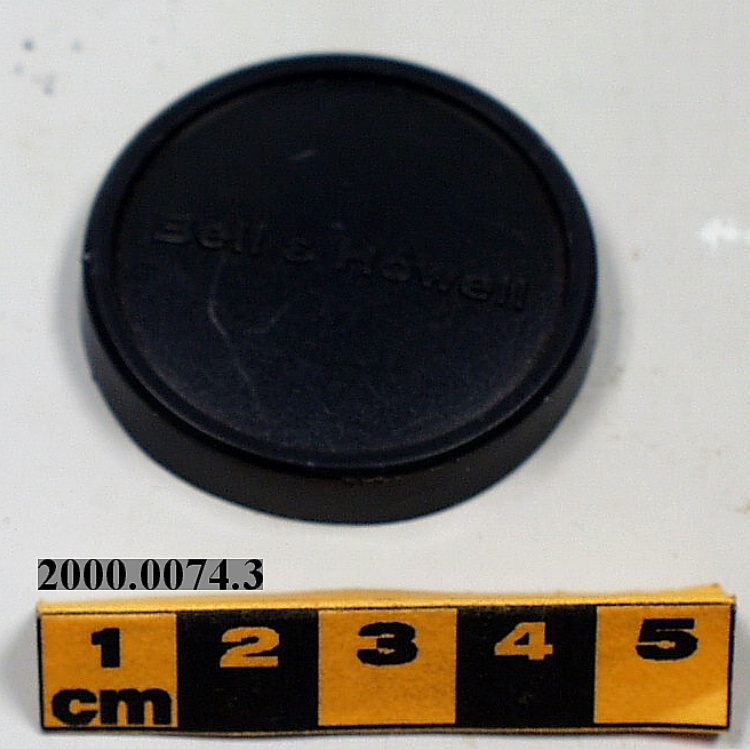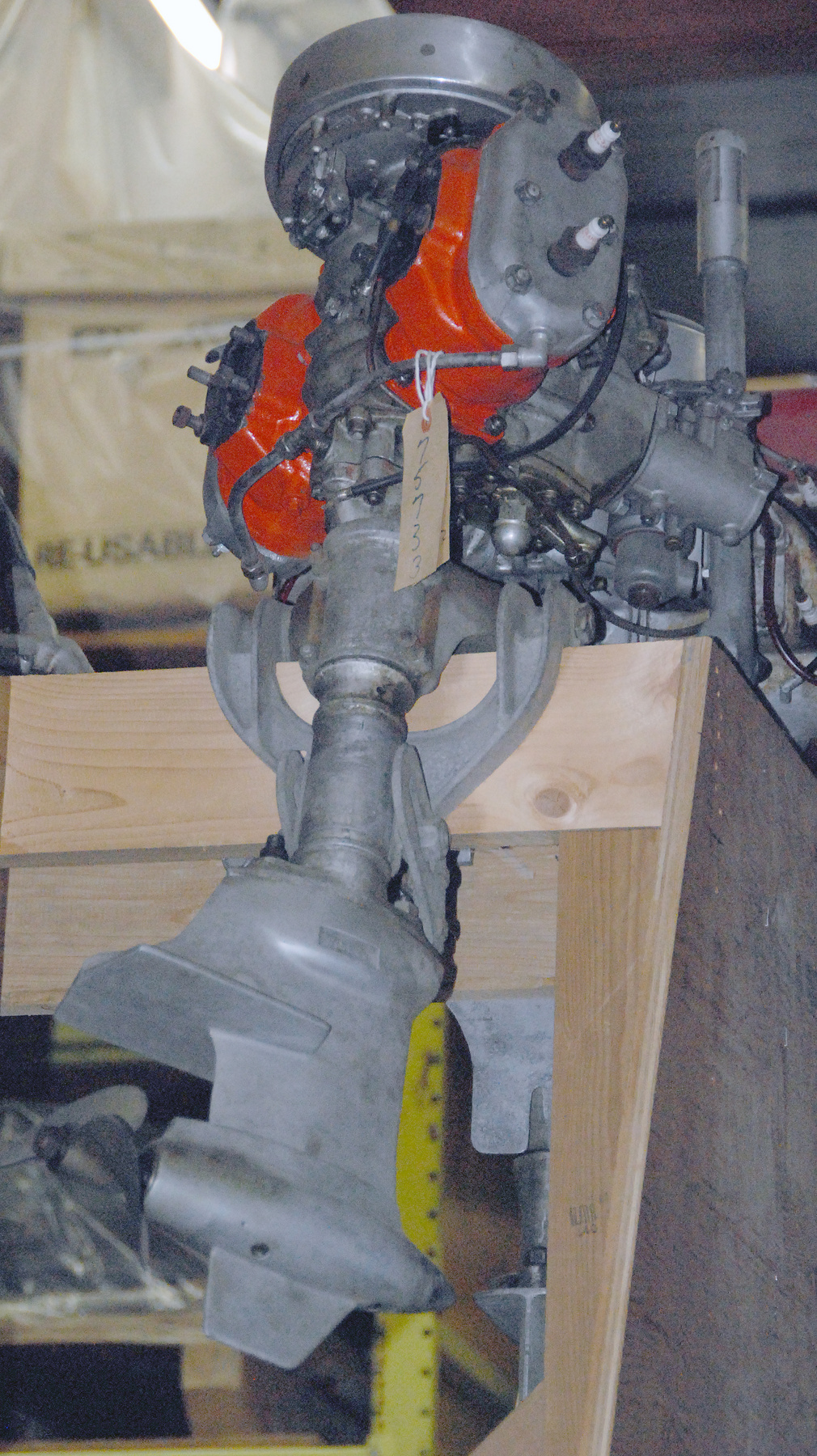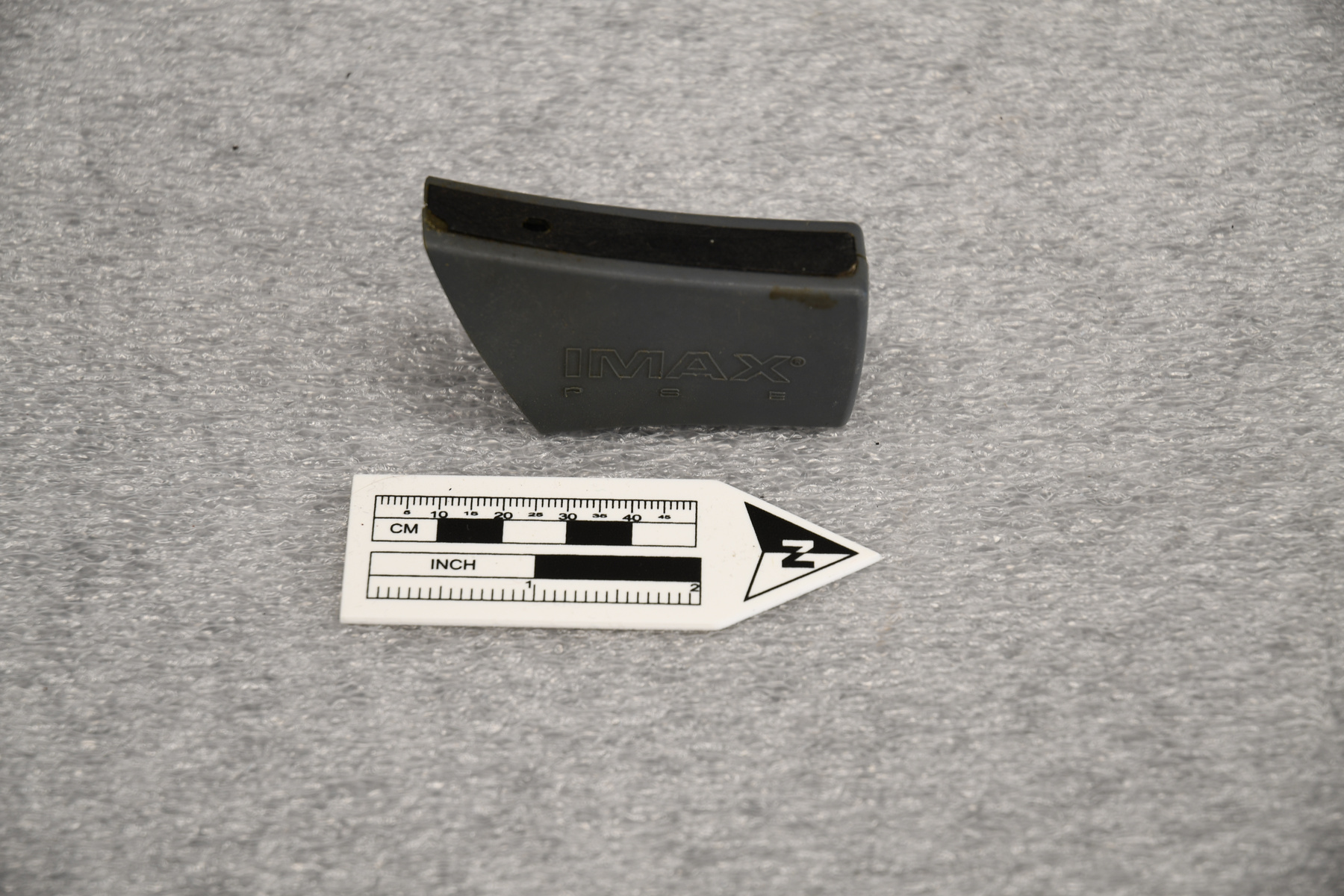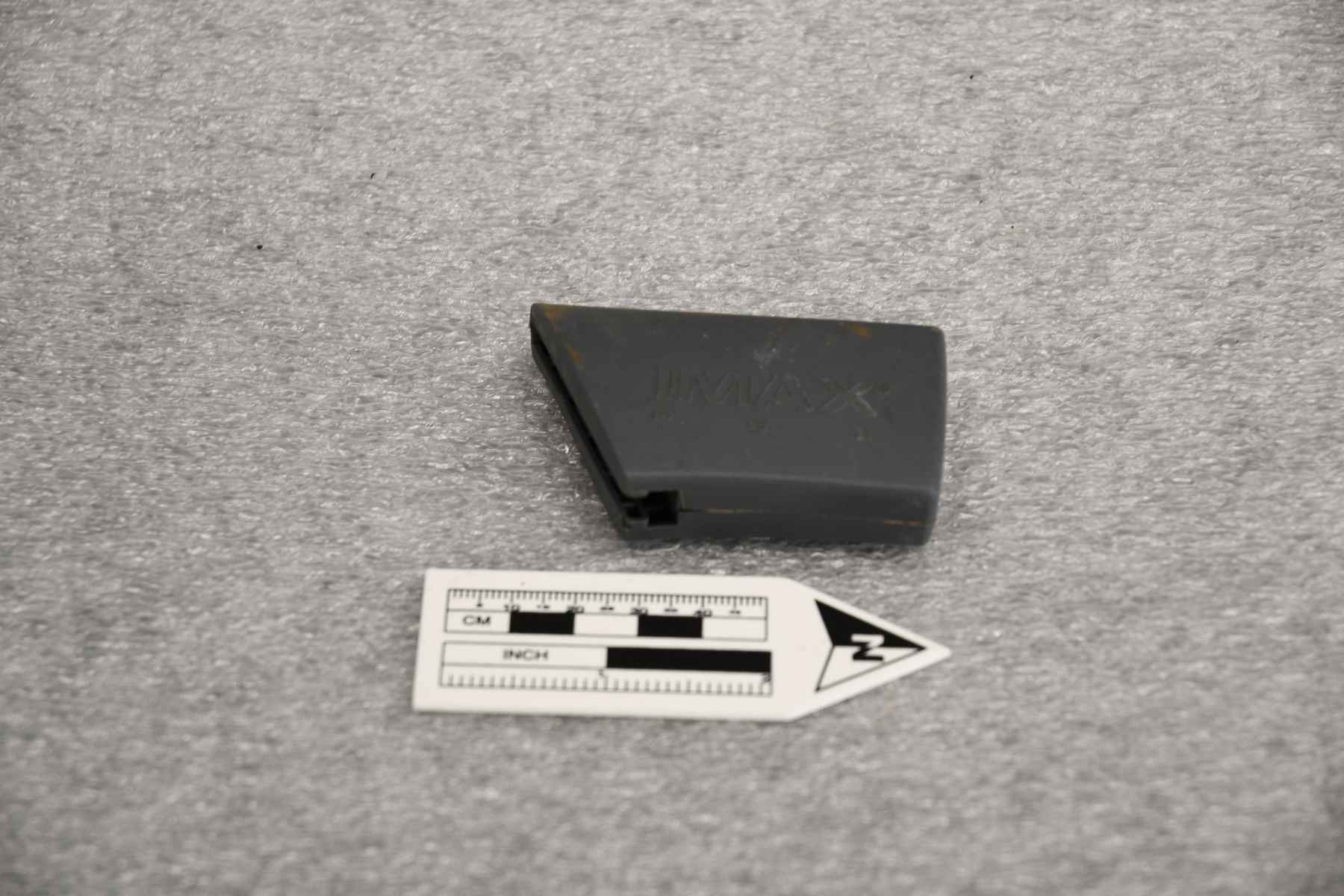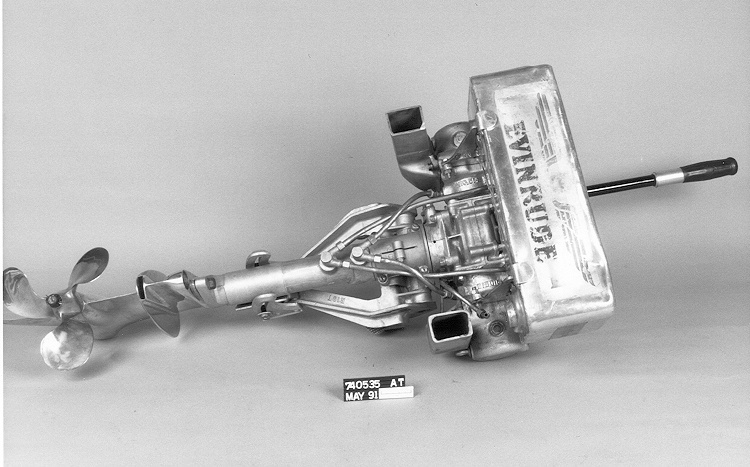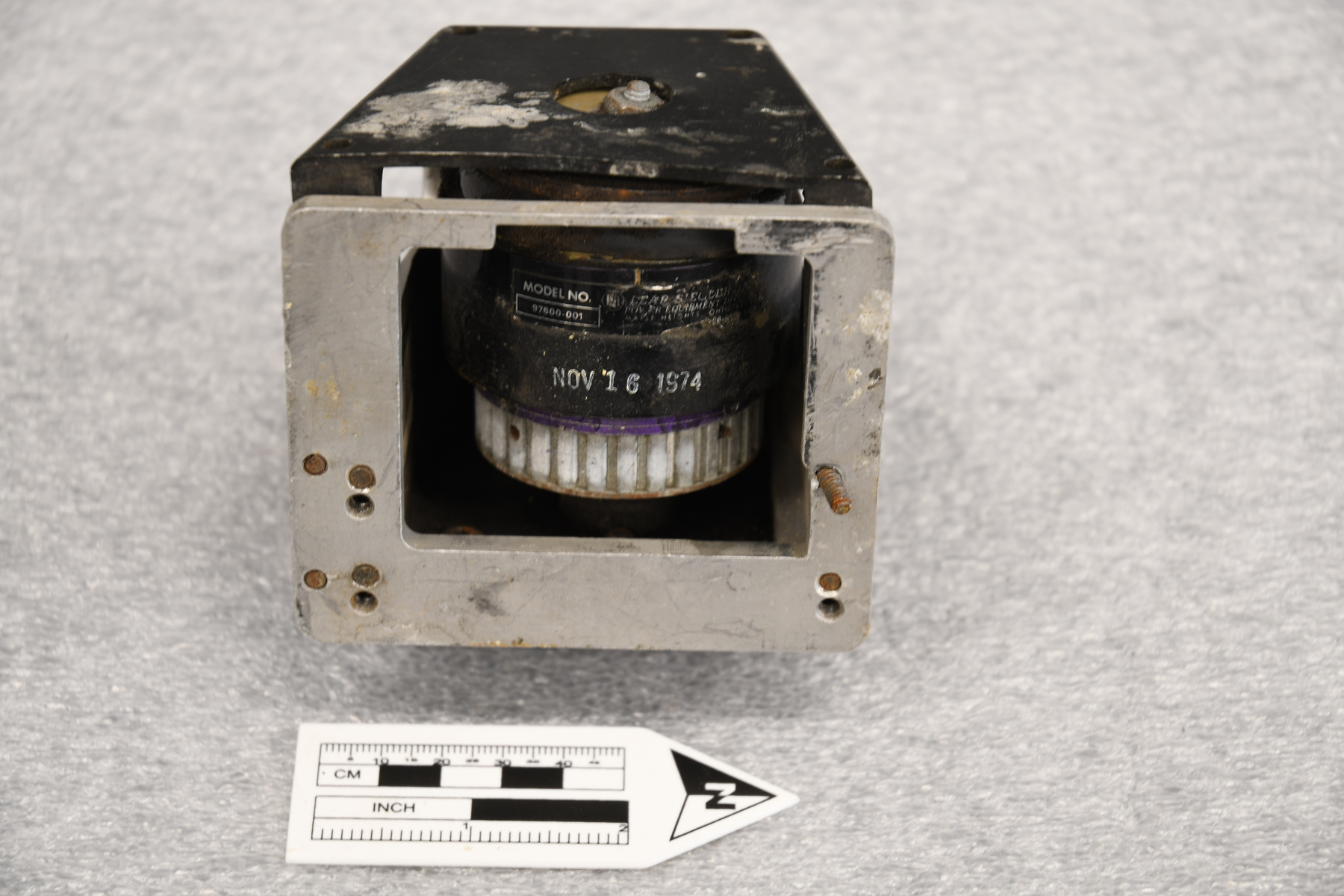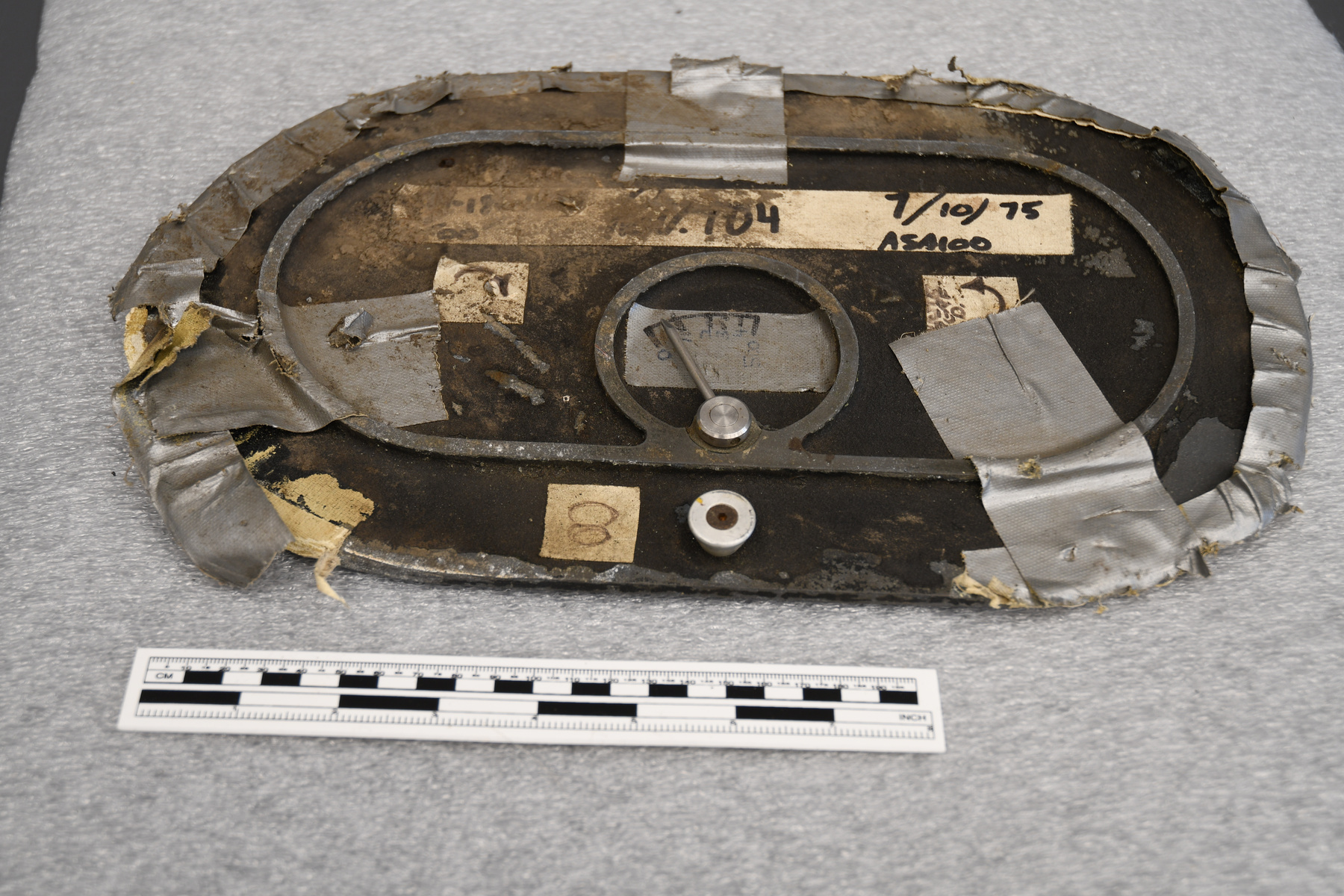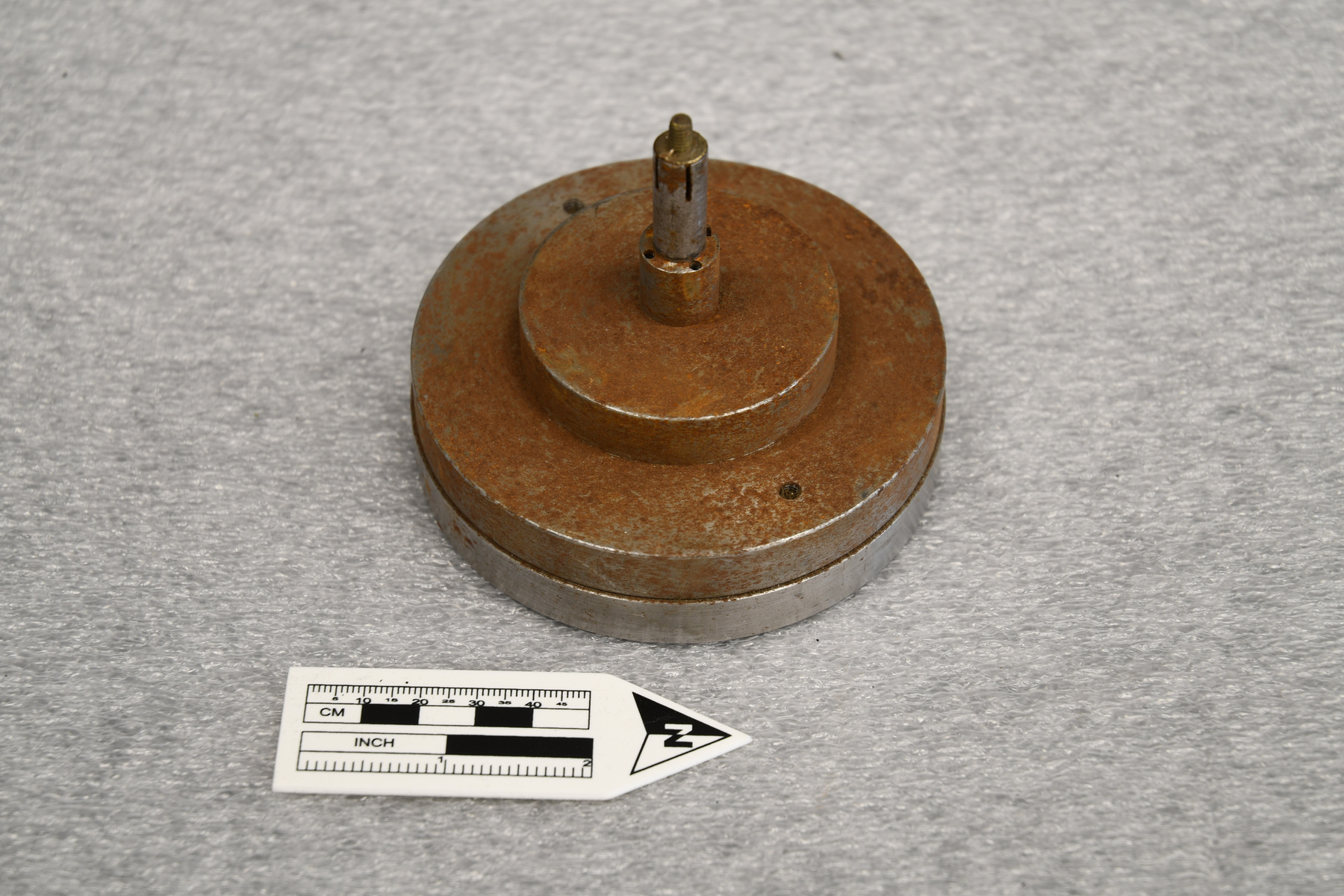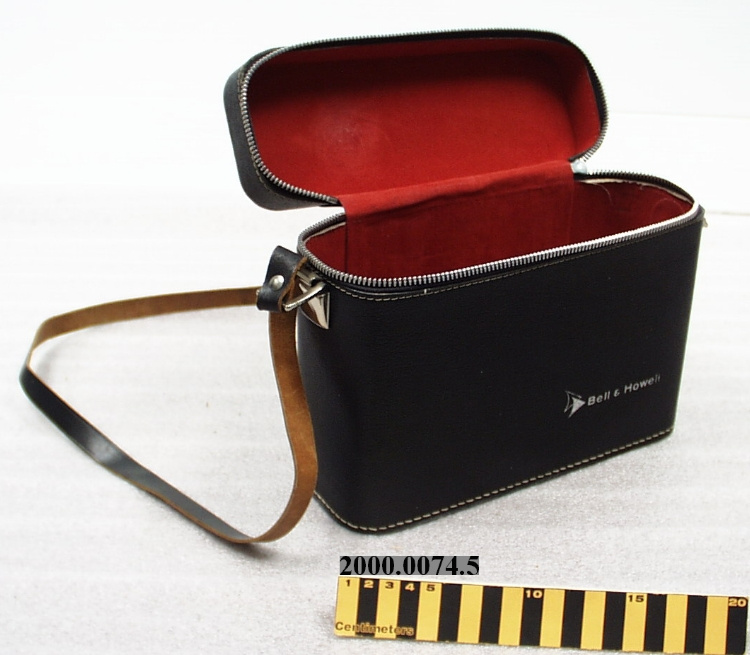Camera
Use this image
Can I reuse this image without permission? Yes
Object images on the Ingenium Collection’s portal have the following Creative Commons license:
Copyright Ingenium / CC BY-NC-ND (Attribution-NonCommercial 4.0 International (CC BY-NC 4.0)
ATTRIBUTE THIS IMAGE
Ingenium,
2013.0290.001
Permalink:
Ingenium is releasing this image under the Creative Commons licensing framework, and encourages downloading and reuse for non-commercial purposes. Please acknowledge Ingenium and cite the artifact number.
DOWNLOAD IMAGEPURCHASE THIS IMAGE
This image is free for non-commercial use.
For commercial use, please consult our Reproduction Fees and contact us to purchase the image.
- OBJECT TYPE
- non-sound/16mm
- DATE
- 1923–1925
- ARTIFACT NUMBER
- 2013.0290.001
- MANUFACTURER
- Eastman Kodak Co.
- MODEL
- Cine Kodak
- LOCATION
- Rochester, New York, United States of America
More Information
General Information
- Serial #
- N/A
- Part Number
- 1
- Total Parts
- 1
- AKA
- N/A
- Patents
- N/A
- General Description
- Non-ferrous camera body and modification elements with some ferrous parts. Corps de caméra non ferreux et éléments de modification avec certaines pièces ferreuses.
Dimensions
Note: These reflect the general size for storage and are not necessarily representative of the object's true dimensions.
- Length
- 27.0 cm
- Width
- 22.5 cm
- Height
- 30.6 cm
- Thickness
- N/A
- Weight
- N/A
- Diameter
- N/A
- Volume
- N/A
Lexicon
- Group
- Photography
- Category
- Cine cameras
- Sub-Category
- N/A
Manufacturer
- AKA
- Kodak
- Country
- United States of America
- State/Province
- New York
- City
- Rochester
Context
- Country
- Canada
- State/Province
- Ontario
- Period
- ca. 1935-1955
- Canada
-
Experiments in stereoscopic motion pictures began in the 1890s and continued more or less as one offs and tests until the mid-1930s. These early tests employed systems ranging from side by side projection viewed through a stereoviewer (William Friese-Greene) to anaglyph viewing (Robert F. Elder). While early stereoscopic motion pictures were novel, the technology required twice the resources for filming than an standard motion picture and required considerable post-production effort to colour each cell red or green (in the case of anaglyph viewing). The camera system designed by Arthur “Archie” Johnson is this style of camera. According to his wife, Rowena Johnson, her late husband developed the stereo-motion picture camera around 1935 because there were no consumer systems available at the time. Archie Johnson did most of the work with the system prior to 1940 but continued to work on the device into the 1950s. By the early 1950s, 3D movies were reaching the height of their novelty (Golden Age) due in no small part to the proliferation of 3D films using polarized lenses rather than anaglyph 3D. In the early 1950s (1951-53), Archie Johnson approached a number of companies, including Bell & Howell and RCA, about his stereoscopic camera in the hopes of licensing the design for use in film or television. Both of the requests were rejected, RCA felt that the bandwidth needed to produce and transmit quality 3D television images was not available to the consumer in the early 1950s and Bell & Howell informed him that his invention was too similar to the expired US patent 1,307,074 (1919) meaning that they could not commercialize Archie’s camera invention. It appears that Mr. Johnson abandoned the work with 3D film cameras by the mid-1950s. The camera was later acquired by Mr. Lauro (Larry) Boccioletti, co-founder of The Photographic Historical Society of Canada, from Rowena Johnson after she attended a PHSOC antique equipment appraisal event. Les expériences en images animées stéréoscopiques ont débutés dans les années 1890 et ont continué jusqu'à la moitié des années 1930s. Ces premiers tests employaient des systèmes qui varient de projection côte à côte vue à travers un stéréo-viseur (William Friese-Greene) à la visualisation anaglyphe (Robert F. Elder). Cette caméra provient du système de caméra conçu par Arthur Johnson. Johnson a conçue la majorité de son travail avec ce système avant 1940 mais a continué de travailler sur cet appareil jusque dans les années 1950. Au début des années 1950, les films 3D atteignaient la hauteur de leur nouveauté en grande partie à la prolifération des films 3D utilisant des lentilles polarisées au lieu de celle 3D anaglyphe. Au début des années 1960, Johnson a consulté plusieurs compagnies, y compris Bell & Howell et RCA, à propos de sa caméra stéréoscopique. Il espérait obtenir une licence pour utilisation au cinéma ou à la télévision. Ces demandes ont été rejetées. RCA précisait que la bande passante nécessaire pour produire et transmettre des images de télévision 3D de qualité n'étaient pas disponibles pour le consommateur au début des années 1950. Bell & Howell on informé Johnson que son invention était trop similaire au brevet expiré US 1,307,074 (1919), voulant dire qu'il ne pourrait pas commercialiser l'invention de Johnson. La caméra a été acquis plus tard par Mr. Lauro Boccioletti, le co-fondateur du "Photographic Historical Society of Canada". - Function
-
Used to record moving images on film. This example was modified to produce stereoscopic cine images which when played back provide the illusion of depth to the viewer. Utilisé pour enregistrer des images en mouvement sur film. Cet exemple a été modifiée pour produire des images stéréoscopiques. Lorsqu'ils sont lus, donnent l'illusion de profondeur au spectateur. - Technical
-
The Camera was developed in the period between early experiments with 3D cinema and the “Golden Age” brought about by polarized film. It works by using a pair of refracting prisms to alternate which lens captures the cine image on the film. The alternating lens system allowed left and right eye images to be captured on the same film strip in alternating order. According to RCA, this was close enough to the technology expressed in US patent 1,307,074 (1919) to make Mr. Johnson’s invention commercially unviable. When it came to projection, the film produced using the 3D camera could be used by any standard 16 mm projector as long as it could accommodate a double film layer through the projector aperture. Unlike other anaglyph systems of the period, Mr. Johnson’s system did not require the operator to shade film cells red and green by hand. Instead, the system relied on a closed loop of film that had alternating red and green translucent cells. When both the film and the colour loop were synced and running in the camera, the operator could then use anaglyph 3D glasses to view the film in 3D. La caméra a été developpée entre deux périodes: le début des tests avec le cinéma 3D et l'âge d'oré du film polarisé. La caméra fonctionne en utilisé une paire de prismes réfringentss pour alterner quel lentille capture l'image du film. Ce système de lentille alternante permet au images gauche et droite d'être capturé sur le même film en ordre. Selon le RCA, cette technologie était trop similaire à celle du brevet US 1,307,074 (1919), ce qui fait en sorte que cette invention est commercialement non viable. Contrairement aux autres systèmes d'anaglyphes de l'époque, le système de M. Johnson n'exigeait pas que l'opérateur teintez les cellules du film rouge et vert à la main. Lorsque le film et la couleur étaient synchronisée, l'opérateur pouvait utiliser. les lunettes anaglyphe 3D pour visionner le film en 3D. - Area Notes
-
Unknown
Details
- Markings
- Raised text on the proper right: "REAR [arrow] TOP"/ "[arrow poining clockwise]/ TURN CRANK/ 2 REVOLUTIONS PER SECOND/ PATENTED IN U.S.A. FEB. 7, 1922/ OTHER PATENTS PENDING"/ In raised letters on the access panel on the proper left: "EKC"/ Raised on the proper back: "f/ 3.5/ 4/ 5.6/ 8/ 11/ 16"/ "100/ 50/ 25/ 15/ 12/ 10/ 8/ 6/ FEET/ 4/ 30/ 15/ 10/ 5/ 3/ 2.5/ 2 METERS/ 1.2"/ Dial on the proper back is marked from 10 to 100 in increments of 10 and marked "FEET"
- Missing
- Appears complete
- Finish
- Camera is predominantly black finished body with silver-coloured edges and piping and text and a white dial with black markings and a brown leather handle. Attached to the proper front and proper right are brass-coloured gears and plates, silver-coloured metal shafts and wheel, and clear prisms. Caméra majoritairement noir avec contour argenté avec texte et cadran blanc avec marques noirs et manche brun en cuir. Attaché sur le devant et le côté droit, on y retrouve des engrenages en laiton, des roues argentées et des prismes claires.
- Decoration
- N/A
CITE THIS OBJECT
If you choose to share our information about this collection object, please cite:
Eastman Kodak Co., Camera, circa 1923–1925, Artifact no. 2013.0290, Ingenium – Canada’s Museums of Science and Innovation, http://collections.ingeniumcanada.org/en/id/2013.0290.001/
FEEDBACK
Submit a question or comment about this artifact.
More Like This
